COPE MAGAZINE

VOL.1 PART 1 HOW DO YOU COPE? FALL 2025

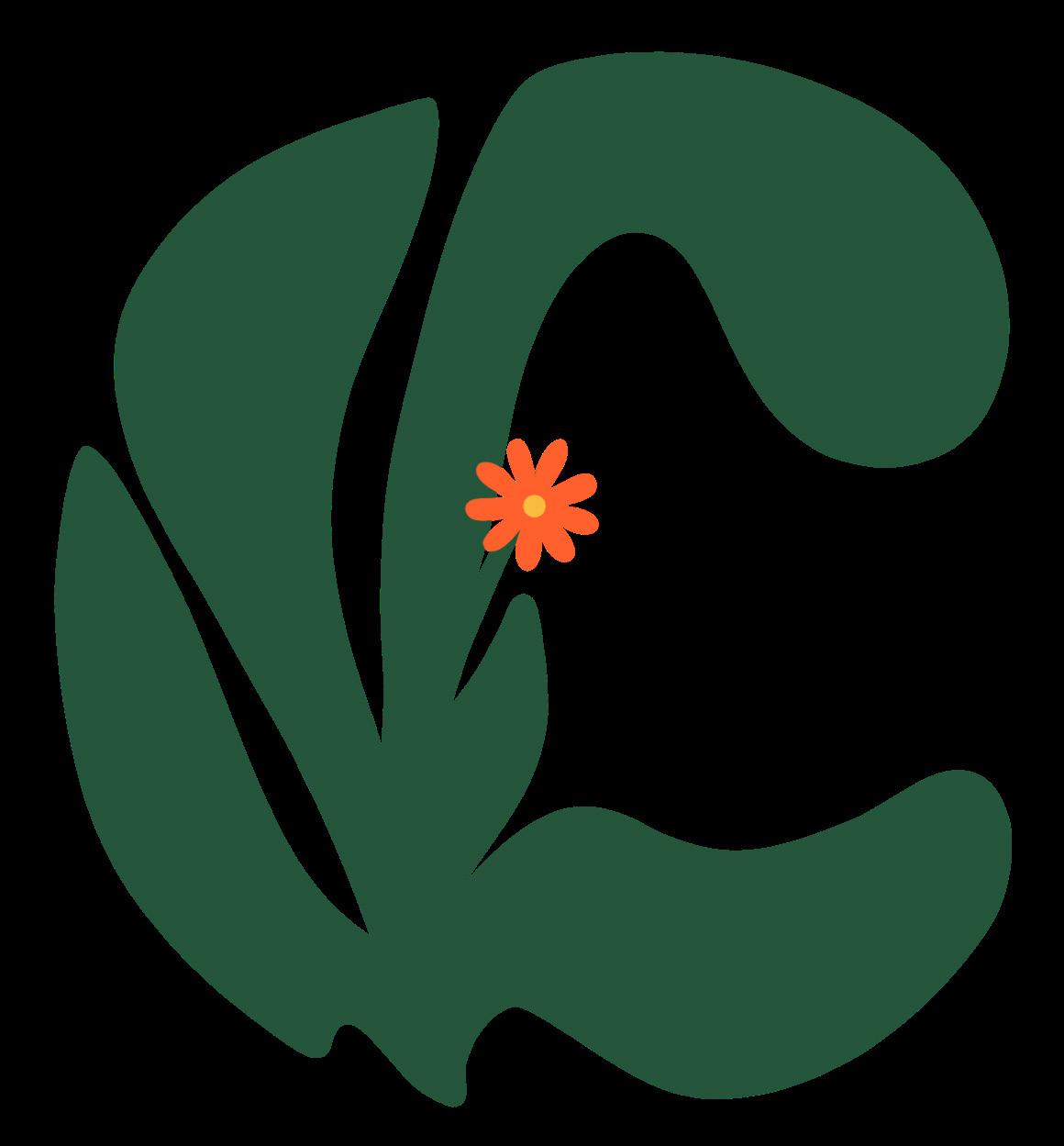


VOL.1 PART 1 HOW DO YOU COPE? FALL 2025


Welcome to COPE MAGAZINE! We’re so glad that you’re here. Before we dive into the vibrant stories from our fellow community members we wanted to take a moment to explain our logo. The vision for the logomark was to design a symbol that encompassed the chronic illness experience without being overly positive or negative. We illustrated a weed that often can overshadow our daily life, yet there’s still a flower growing and continuing to bloom.
Weeds, like chronic illness, pop up unexpectedly between the cement cracks or amongst our flower beds. That’s just a fact of life. Despite this, a flower is still able to grow at its own pace taking what it needs to grow.

editor-in-chief
Liz Zonarich is a graphic designer and illustrator based in Boston. For her, chronic illnesses are personal, motivating her to make a difference. As a graduate of the Master of Science in Media, Medicine, and Health program at Harvard Medical School, she loves to convey health messaging through storytelling and visuals. Her background is in graphic design, public health, and art history. Her favorite ways to cope are mailing letters to friends, reading, illustrating, and rewatching Pride & Prejudice (2005) for the millionth time.


fiction editor poetry editor
K. Hamilton is a writer, born and raised in Philadelphia. They have a background in English Literature and Education, and has lived with both mental and physical conditions for a large portion of their life. Their favorite ways to cope are gardening, gaming, making things for friends, playing heavy metal too loud, and reading.
Jenn is a gay teacher in Philadelphia, born in New Jersey. Just trying to channel her love for history, poetry, and knowledge into Gen Alpha. She’s cycled through multiple therapists and had enough hospital visits to know a thing or two about the importance of coping. Her favorite ways to cope are blasting music in her ears, painting, writing some poems, playing Stardew Valley, and cuddling her cats.
I am so incredibly thankful that you’re here and decided to be a part of this whether or not you submitted work, are featured in this issue, or are just here to read. At the end of June, I found myself often reflecting on my own experiences and wondered how other people navigated their challenges. I found many social media accounts, and a blog or two but couldn’t find a collection of creative expressions by people within the chronic illness community. To fill this gap I started COPE MAGAZINE. A place where our voices are amplified, where we can go to be understood, and where we feel seen. Within a week, I built a website, a brand identity, and started an online presence. I was amazed by the number of people who wanted to share their stories. Over 100+ submissions later, I asked my closest friends K. and Jenn to help me sort through them. I wanted to accept everyone, but because of the volume of works submitted, it was impossible. To anyone that shared their work, I want to sincerely thank you for being vulnerable enough to share your story with us. Together K., Jenn, and I laughed, cried, and felt awestruck. Through the lens of each story, we felt seen in different ways. That’s why I’m so excited to share this collection with you. This edition is Part 1 of Volume 1. We plan to post Volume 1 Part 2 later in October. This is just the beginning of COPE MAGAZINE. For Volume 1 we wanted to explore “How do you cope?” a question I often asked myself and others this summer. I hope as you explore Part 1 that you find stories you find yourself reflected in but also see things from new perspectives and gain new ideas. So, thank you for being here, I am so grateful that you are. This is only the beginning.
WARMLY,


10 More Than Coping: Finding Strength in Chronic Illness by Chyna Johnston
14 For A Moment by Isabella Mott
17 Your Labs are Normal by Brittany Wilson-Thompson
18 Chronicles of A Constant Companion by Samantha Kraus, MPH Candidate
20 To the Shell That My Soul Inhabits by Hannah Krapac
21 Open Wide by Celeste Fineilli
22 Grief and Gains by Rebecca VanderKooi
25 My Body IS a Wonderland... by Kristen Lewis
27 Stevie by Stephanie Mallen
28 Living Through the Layers by Heather Guidone, BCPA
33 The COPE MAGAZINE MUSEUM She Holds the Whole World In Her Hands by Mackenzie Wilson, The Frog Inn by JJsArtTherapy, Tucán by Anisha Weinstein, Chronically Ill, Chronically Fabulous by Cassie Stephens/The Sassy Cactus Designs, Is this enough? by Madison Menish
37 Enough for Now by Taylor Riggins
38 Seated Ovation by Payton Rose
40 My Head is Too Heavy by Amy Giese
46 Pandora’s Jar by Anna Z.
48 Spiraling by Jenn
50 Coping? More Like Crying by Tara Collins
52 Indivisible Illness by Mia Carlos
54 TikTok Taught Me I’m Not Alone by Ella Krzywicki



56 The Secret to Curing Chronic Illness by j.n.c.
58 Living With POTS by JJsArtTherapy
60 Small Business Spotlight by Samantha Stacy
62 Relatable Diabetic Ghosts by Kate Kirby
64 The Boulder by Jenna D.
66 Hayleigh’s Forever Changing World by Hayleigh Carter
69 In the Waiting by Madison Nicole
70 The Pull by NT
72 Coping by Caring for My Mind, Body, and Spirit by Desiree Argentina
74 My Illness Is My Full Time Job by Elliot B.
76 Everywhere, A Mirror by Cindy Kohler
78 The Trees and Me by Zoey Bandhauer
80 How I Cope: A Love Letter to the Messy Middle by Stephanie L. Bade
82 Dissociation by Angi Brown
86 The Healing Hive
94 What Could Have Been
98 Come find some suprises...
102 Authors, poets, and artists

by
Chyna Johnston
by Chyna Johnston
The word “cope” has always intrigued me. It’s a simple word with so much weight. According to Dictionary.com, it means “to deal effectively with something difficult,” but the true depth of this word lies in its synonyms. To cope is to manage, survive, or carry on. It’s shifting for yourself, trying to keep your head above water, get through the day, and confront what’s in front of you. But what if coping is more than surviving? What if it’s about finding a way to thrive in the chaos?
How I cope with chronic illness is something I reflect on often. Truthfully, sometimes I don’t cope. Coping was never a choice: it was thrust upon me.
As I write this, I’m sitting here, waiting on hold with the third doctor’s office I’ve called today. It’s only 9:30 AM, and I’ve already been on hold for ten minutes with this one. Being ill has become a full-time job. Not only that, but I’ve just received
my sixth chronic illness diagnosis. It came through MyChart: “Doctor E’s plan is a referral to dietitian services for gastroparesis.” Simple, no explanation, no phone call. I’m left wondering about my test results, trying to make sense of it all. Now, I’m on the phone again, trying to set up an appointment, but it’s exhausting.
Will this appointment clash with one of my other five this week? Can I still work that day, or do I need to find coverage? What if I had plans later? Can I prioritize them? Why am I still on hold?
Over the past four years of navigating illness, days like this have become the norm. Life-altering news that would ruin someone else’s day becomes just another item on my todo list: research, schedule, re-schedule, call, follow up, adjust.
Eventually, the receptionist tells me I’ll need to drive an hour to Park City for the appointment. With my chronic illness, I can’t drive that far. She suggests putting me on the waitlist, but can’t say how long I’ll wait. This appointment is for excruciating muscle cramps and leg paralysis that keeps me awake at night. I’d love answers.
It’s not her fault. I understand that. But sometimes, I just want to scream at someone. I’m angry, I’m sad, and it feels so unfair. But I can’t yell, not if I want help, so I press on.
The tools that help me cope have been wide-ranging, strange, and unpredictable. I’ve had to experiment. Over the course of four years, with little guidance, I’ve had to learn how to help myself. I received my first diagnosis only
two months ago, after years of guessing and hoping. With six diagnoses and two potential ones on the horizon, I’m in an odd place. I have names for what I have, I have medication now, but the need to research, guess, and fight has lessened. I’m no longer undiagnosed, but now I’m someone living with multiple chronic conditions to track. It feels like a loss— like finishing a favorite book series and wondering, what now? I’m a new version of myself again.
One thing that’s helped me through this is mobility aids. I started with a sleek wooden cane because I didn’t want people to see that I was sick. I hid it. I didn’t tell people. I pushed through, pretending everything was fine. But now, I’m kinder to myself. I use forearm crutches and a rollator, and they’ve made a huge difference. I can work with more ease, and I can stand in line for longer periods.
After my diagnosis, I started using braces for my hypermobility. Custom wrist and finger braces have helped keep me from injuring myself doing everyday tasks. It’s amazing how something as simple as a brace can make a huge difference in day-to-day life.
I count every version of myself that has emerged in the past few years— each transformation. There’s the bedbound version, the in-denial version, the artist version, and so on. Transformation is part of living with chronic illness.
Even though these tools help, I’m still frustrated. I miss the days when I could run out of the house with little thought. Now, every trip requires planning. Do I have my water, my
mobility aid, my braces, my medication? Can I drive today? Whether invisible or visible, chronic illness is always present. It affects every part of my day. It takes away my independence and is an ongoing struggle.
Along with the obvious use of aids and braces, I use escapism—books, video games, TikTok. Sometimes I need my mind to be someplace other than my body, so I live out a fantasy of being a dragon rider or a magic wielder; though Fourth Wing by Rebecca Yarros features a character with the same diagnosis as me, so that is only partial escapism. Sometimes, I am a hero on a quest to save the world. The danger is more than my own body. I need to save the world, I need to help others, I am strong, I am capable, I can explore and hike again. I can overcome something that is a solvable conflict and feel some level of resolution.
I’ve also started writing. That’s something I can use to channel my creativity. As an artist, sometimes my body is too sore or heavy to paint at my easel, to raise my arm in front of me. So I write. I have a character who becomes injured and manages chronic pain. Through her, I can have conversations with my subconscious. Writing has become a form of therapy, a way to process my own journey. My art has shifted too. I went from beautiful, delicate figurative work and bold, expressive colors to gaunt, contorted figures. They are beautiful in their distortion, but they’re certainly not healthy. It’s as if my body has started showing itself in my work—vulnerable,
broken, but still worthy of being seen. I think a big part of coping for me is just sitting with the reality of it. If I try to deny it, I’m just running. If I sit with it, I can at least try to find joy and beauty in this new version of me.
I’ve learned that just as our illnesses shift, so too does our form of coping. Sometimes it’s lying in bed and reminding myself that it’s enough to simply exist. Other times, it’s venting to a friend, family member, or therapist, trying to unload some of what’s swirling in my mind. Sometimes, it’s stealing back moments of who I used to be—pushing through something that makes me feel like my old self, knowing full well I’ll pay a price for it. But sometimes, that price is worth it, just to feel like me again. To reconnect with that person I mourn and miss every day.
Four years in, I have the tools that help. I know how to talk to doctors, I’ve become well-versed in the language of chronic illness. And my coping mechanisms have evolved. But cope is just one word that can barely contain all the strategies I have taught myself. We manage our symptoms, we confront the doctors that ignore us, we survive the worst we could imagine, we shift ourselves to our new reality, we carry on despite the pain, we get through the trauma, we get by despite the fatigue. We keep our heads above water so that we can still exist, and we tackle our new reality any way we can.
We are strong, we are survivors, and we do so much more than cope. We fight in the hope that one day, we may once again thrive.

For a moment I lay in the grass under a tree. There’s a nice park just a few blocks from my infusion center I feel supported by the solid ground and soft green grass Under the shade of a beautiful beech tree I don’t have to pretend to be better than I feel. I don’t have to explain anything. I am. so. tired.
Here I can just breathe. Cry. Rest. No judgement. No questions. No expectations. Just me and the earth
For a moment I feel at peace.
A few hours later, I ended up in extreme pain at urgent care, getting CAT scans and blood draws.
But for a sweet moment, there was just me and the earth at peace.
This work is a moment I captured while I was just laying in the grass under a tree for a few hours in between periods of extreme pain. The photo is from my perspective while laying in the grass.

by Brittany Wilson-Thompson
Far too often, the emotional pain of not being seen or believed is much worse than physical pain. ”Your Labs are Normal” is an acrylic self-portrait inspired by my isolation, self-doubt, and decades of suffering from sinus and autoimmune diseases. It’s a declaration of “I told you so” and an unapologetic display of the carnage that remains from years of gaslighting. I hope my painting will help others feel seen, and encourage curiosity and conversation about the experience of those living with chronic illness. One of the kindest things you can do for someone who is essentially sick forever is to tell them, chronically, that you actually see them.


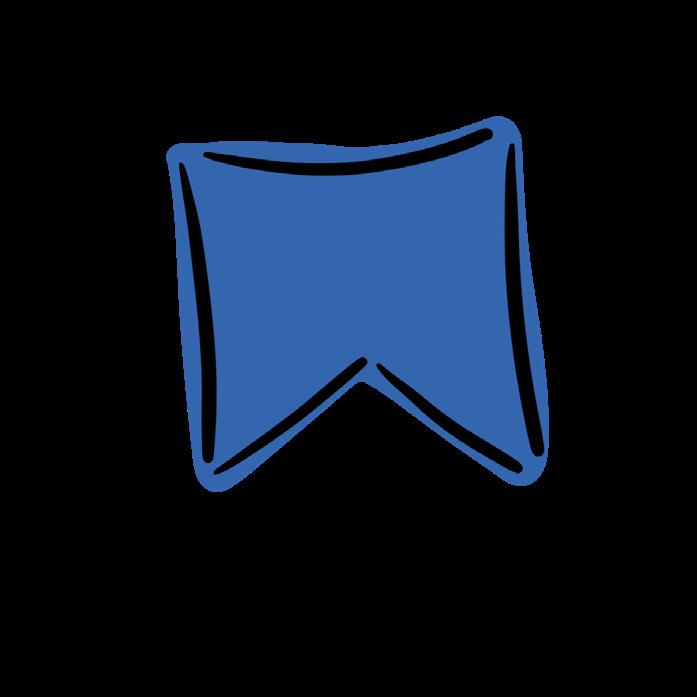



by Samantha Kraus, MPH Candidate
Chronic illness is a thief. It doesn’t come in one fell swoop, but rather in a series of small, persistent thefts. It steals your energy. It steals your plans. It steals your sense of certainty in your own vessel. This has left me with a new, unwelcome companion that has redefined every aspect of my life. This is the reality I’ve come to know, one that requires a daily and long-term strategy for survival. I call this strategy “coping with an unwanted constant companion,” aka chronic illness.

On my most difficult days, the world shrinks to the size of my bed. Simple tasks become monumental challenges. This isn’t tired; this is chronic fatigue. My body feels like it is weighed down with concrete, my brain filled with fog and static. Simply: simple tasks are not simple for me. The act of getting out of bed, brushing my teeth, or taking a shower feels less like a routine and more like a heroic feat of endurance. I need to rest after taking a shower. Physical pain isn’t just a feeling, a sensation, it is a total mental challenge as well. It is a constant buzzing static that makes clear thought and emotional regulation nearly impossible. The exhaustion can become so intense (hello, chronic fatigue syndrome) that it curdles into a phenomenon I’ve come to recognize as “rage fatigue.” This is where everything and everyone seems to set off a spark of frustration. I gauge this through something I have coined as “PMOS - Piss Me Off Syndrome.” I use “rage fatigue” and “PMOS” interchangeably; it’s a vicious cycle where a tired body fuels a tired mind. It’s been 12 years since I have officially been welcomed into the chronic illness community; this simply means I received an official diagnosis. Over time, I’ve been able to build an arsenal of coping mechanisms. Consistent talk
and somatic therapy are my weekly anchors, helping me process the grief and frustration that comes with a body that feels like a foreign entity.
On my worst days, my physical comfort is my main priority. A trusty heating pad and a cool cap can feel like a temporary truce in the war against my own nervous system. My relationship with my body and illnesses has evolved from denial to a grudging acceptance. Most importantly, I’ve learned the power of communication. Reaching out to my safe space - the people who just get it - and clearly stating that I’m flaring up is a crucial step. It’s a way of acknowledging my limits without isolating myself or fully abandoning responsibilities. What I want others to understand is this: I am not unreliable; my body is. Managing my health is a full-time job. This fight takes up a tremendous amount of energy that others might not see.
Chronic means always, it means forever. It means repetitive grief for the life I had and the body I once knew. It means this is my new normal, there’s no easy, quick fix. I was chronically ill yesterday, I am chronically ill today, and I will be chronically ill tomorrow. Acknowledging this isn’t a surrender; it’s the foundation for living.


by Hannah Krapac
I have lived a life of privilege, Interwoven with mundane strife— The scales have slipped, And crushed me
Beneath the loss Of my bodily autonomy. I am held hostage By a thief, A plague Of partial enlightenment. The brightness— I look toward it, Over the shadow. It’s all I have. I feel
Infinitely inconsequential And deeply connected— Strange,
Like millions of pieces Of sinew Pulling me In every direction.
The pain grounds me In ways I never expected, But the cloying exhaustion— It suffocates, It seeks me, It destroys, It takes, And rarely gives anything back. Who am I To question my anatomy? A prisoner in my own body, Held together With grief And hopefulness For better days. I rarely peek Above the constant force— But when I do, It is breathtaking. And I’m thankful again For the shell That my soul inhabits.
by Celeste Finelli
This is the drawing that kickstarted my exploration of true self and artistic freedom. My illustration depicts what I was feeling at that moment.

by Rebecca VanderKooi
Sometimes, my body works like a well-oiled machine. I’m on the cross country course, racing in a pack of girls all vying for the lead position. I feel the wind in my hair, and hear the cheers of the crowd as I push myself harder and harder to win the race. Then, I’m jolted back to reality by the sound of my alarm and I’m in a body that can no longer run, one that is unpredictable and demanding. It wasn’t always like this; those dreams were once my reality. In high school, people tend to be put into boxes—the popular kids, the nerds, and the like. I was the runner. Behind the facade, though, the truth was that no matter how much time I spent training, it always felt like an uphill battle. Successes were interspersed with injuries, surgeries, and other health issues. My father once apologized to me for giving me bad joints, but there was never a diagnosis or a reason for what was happening other than being “injury prone.” Even though there wasn’t language for what was happening, I always had a sense that every time I raced, it could be my last. Starting at age 12, I just knew that my body wouldn’t allow me to run forever.
It felt like running was a fleeting thing that was both my biggest blessing and my greatest curse, depending on how my body was feeling on a given day. Eventually, that gut feeling became reality. Long before I had diagnoses and technical terms to describe what was wrong, I reached a point where I had to give up my passion running. It was the summer before my first year of college; I had a scholarship lined up to run both cross country and track, but my body just couldn’t do it anymore. It didn’t matter how much strengthening I did or how much other physical activity I added to my workout routine outside of running—everything hurt all the time, and I realized that the day I had always known would come had arrived.
I quickly realized that even though I stopped running, things seemed to just be getting worse and worse—it wasn’t just joint pain, it was passing out, it was canceling plans because I didn’t have the energy, it was going to class and feeling like I’d been hit by a train. I knew that there was something wrong, and quitting running clearly couldn’t fix it.
“You’re a medical mystery.” Or worse, “it’s just anxiety.” It can be exhausting to constantly feel the pressure to prove illness, and it made me question whether it was all in my head after all.
Thankfully, after moving to another state, I decided to try seeing a doctor one final time, and this time they were able to help—they knew what tests to run, they took me seriously, and they were able to identify what was wrong.

In Postural Orthostatic Tachycardia Syndrome (POTS) cases like mine, there is a 5-11-year diagnostic delay. Similarly, Ehlers-Danlos Syndrome (EDS) cases such as my own, it takes 1012 years on average to get a diagnosis. I fell squarely in that window; from the time I started to seriously experience symptoms to the time I had a diagnosis was approximately 10 years.
Medical dismissal was something I endured for many years. Doctors would run blood work and other basic tests, but when those tests came back normal, I grew accustomed to hearing,
After struggling for so long, there was a relief in diagnosis, in finally understanding what was wrong. At the same time, that relief was paired with a frustration that it took so many years to be believed. I was constantly made to feel crazy, even when I knew something was wrong. All of those feelings came with grief that there are so many things I love that I’ll never be able to do again. In the early days when I first had to quit running, I told myself I would come back to it. I figured I could take a couple of years to work on
physical therapy, and then I’d be able to jump back in where I left off. When I transferred to a different college a couple of years later, the coach recruited me, and for a moment, I believed I’d be able to join the cross country team. However, it became evident very quickly that, despite my best intentions, my body had other ideas.
With my diagnoses, it was the final nail in the proverbial coffin; it brought the realization that I physically can’t live the life I once lived. I’m grieving the functionality once had while learning to live in the body that I have today, a body that demands I go slower and be more compassionate with myself.
It’s been a couple of years since my official diagnosis. In a lot of ways, I’ve found that I’ve gotten used to it, or at least as used to it as one can be. The era when I ran 40 miles a week, and swam and biked miles on top of that can sometimes feel like a figment of my imagination. In a way, I’ve settled into my body and what it needs today, but then there are days when I wake up having a dream that I was racing, and the grief hits me again. It’s not just running I miss; chronic illnesses have
vastly changed how I move through the world. I miss the freedom to make plans on a whim, to hike many miles without a concern for how my body will respond, and the ability to go out and do multiple things in a day with the knowledge I’ll be able to do things the next day.
The truth is that it’s not just loss; I’ve gained things too. I’ve made friends who have had similar experiences, and it makes me feel a lot less alone. And, because I’m home so often, I’ve fallen in love with creating art—I’ve always been creative, and as a child, I spent endless hours creating, but running was something that often took time from that.

With my newfound slower pace, I’ve dedicated a lot of time to creating, especially knitting, which was something my grandmother taught me as a child and has now blossomed into a passion. There are days I wake up missing the body I once had, there are moments of grief and frustration as I learn to navigate with conditions I know I’ll have for the rest of my life. However, there is relief in understanding, joy in rediscovering old passions, and the creation of community with people who have had similar experiences.
A person’s relationship with their body is already so tenuous with all the societal pressures to look a certain way or have certain features. I went through my tween and teen years in the late 90’s and early 00’s when skinny just wasn’t skinny enough, so my relationship with my body has always been filled with tension. But to add to the chaos of going through all the hormonal changes of tween to teen life, I grew up with an undiagnosed chronic illness that made my body even more of an enemy to me early on.
As a now 37-year-old, I still have a strained relationship with my body. But now I can appreciate a lot of what she has done for me throughout my life. My body has built up coping mechanisms to keep me safe. These coping mechanisms may also cause me pain from time-to-time, but boy has my body tried her best to keep me alive.
This body of mine is STILL a mystery after all these years. I still have a very flimsy diagnosis for the ups and downs of my chronic illness, but my body somehow carries on and somehow makes it through the mess of not knowing.
Five years ago, I booked myself a boudoir photoshoot to capture this surprising and painful body of mine as a reminder that while my body may be a daily rollercoaster, it is still worth celebrating. And even in my illness, I am a still a sexy badass.

by Stephanie Mallen
When I first got diagnosed with fibromyalgia, I would often look in mirrors and gaslight myself into thinking the pain wasn’t real. If I couldn’t see the visceral pain I was in from the outside, was it real? I began to not recognize myself as the condition progressed, and treatment options began. I finally said fuck it, and started to picture how I would’ve reacted to this diagnosis as a child- I probably would’ve painted myself as a warrior. This is how this piece came to light- Stevie is my childhood nickname, and as a way to embolden the view of myself while suffering from this condition, I drew myself as a cool forest sprite. It’s what Stevie would’ve wanted. This piece symbolizes self-empowerment, self-transformation, and staying strong through the path of a difficult diagnosis.





by Mackenzie Wilson
Made through painting, collage, and lots of super glue, this piece is to honor Mother Earth & all that she creates. I have always loved painting and collaging, but since becoming ill, I have had to change up the way I create pieces. Instead of cutting images to be super precise, I tear and burn them. Instead of hyper-focusing for hours, I set one hour timers and cut myself off. And for this piece, all of the collected shells, bones, stones, crystals, dirt, charcoal, and drift wood are from short adaptive camping, canoeing, and community outings. Adapting my modalities to match my abilities has brought me a great deal of joy and satisfaction. Art is a much needed outlet for me.



Enter the gallery and see featured works from Vol. 1 Part 1

by JJsArtTherapy
“The Frog Inn” is a place I made to “escape” into on bad days or during rough times. I want to climb up the little ladder and sit on top of the “Inn,” if only we could jump in.
by Anisha Weinstein
“Tucán” is a very special piece for me. I painted it on my birthday this year, during an art event I attended with a friend to celebrate. I was feeling very inspired and excited to begin painting more complex wildlife subjects in my artwork.
by Cassie Stephens/ The Sassy Cactus Designs
Living with both Endometriosis and PMDD has profoundly shaped my artistic journey. Through my work, I aim to create empowering visual narratives for individuals navigating chronic illness, while also expressing the deep frustration with healthcare systems that often dismiss, underacknowledge,and gaslight women. Each piece is a testament to the immense power and bravery of women who, despite their conditions and the challenges of the medical system, continually show up for themselves and face each day with unwavering strength. My colourful and empowering designs are a celebration of their resilience, created so that every woman can feel seen, heard, and appreciated.
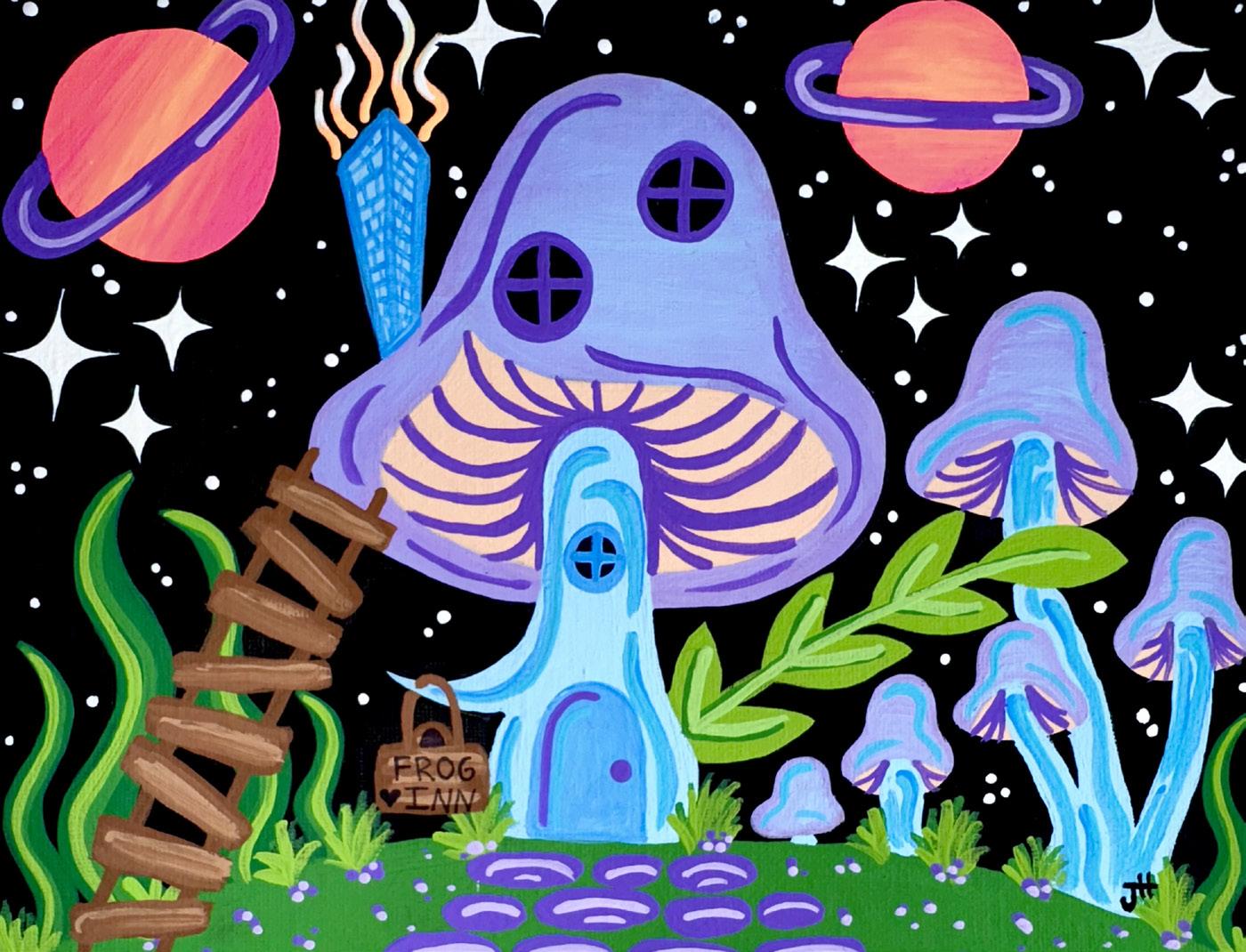
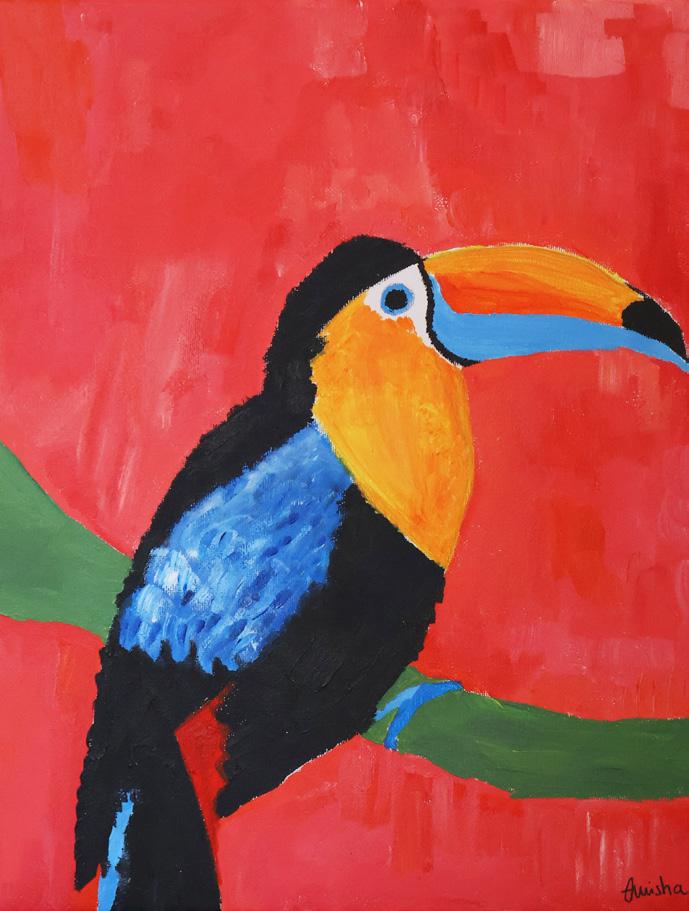

“Is this enough?” is a sculpture of a head made entirely of candle wax. This work depicts a head with various deformities in the specific locations I experience migraines. Many chronic illnesses are invisible, leading to misdiagnosis, not being taken seriously, and being ignored by friends and family. By giving the pain a physical manifestation, allowing this invisible illness to be visible, the artist asks “is it finally enough?”

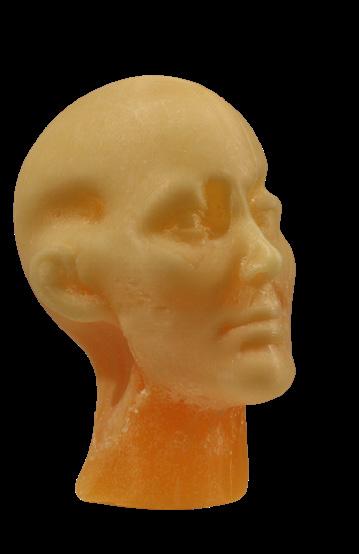
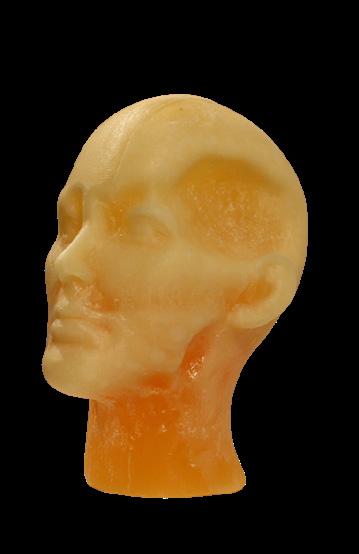




by Taylor Riggins
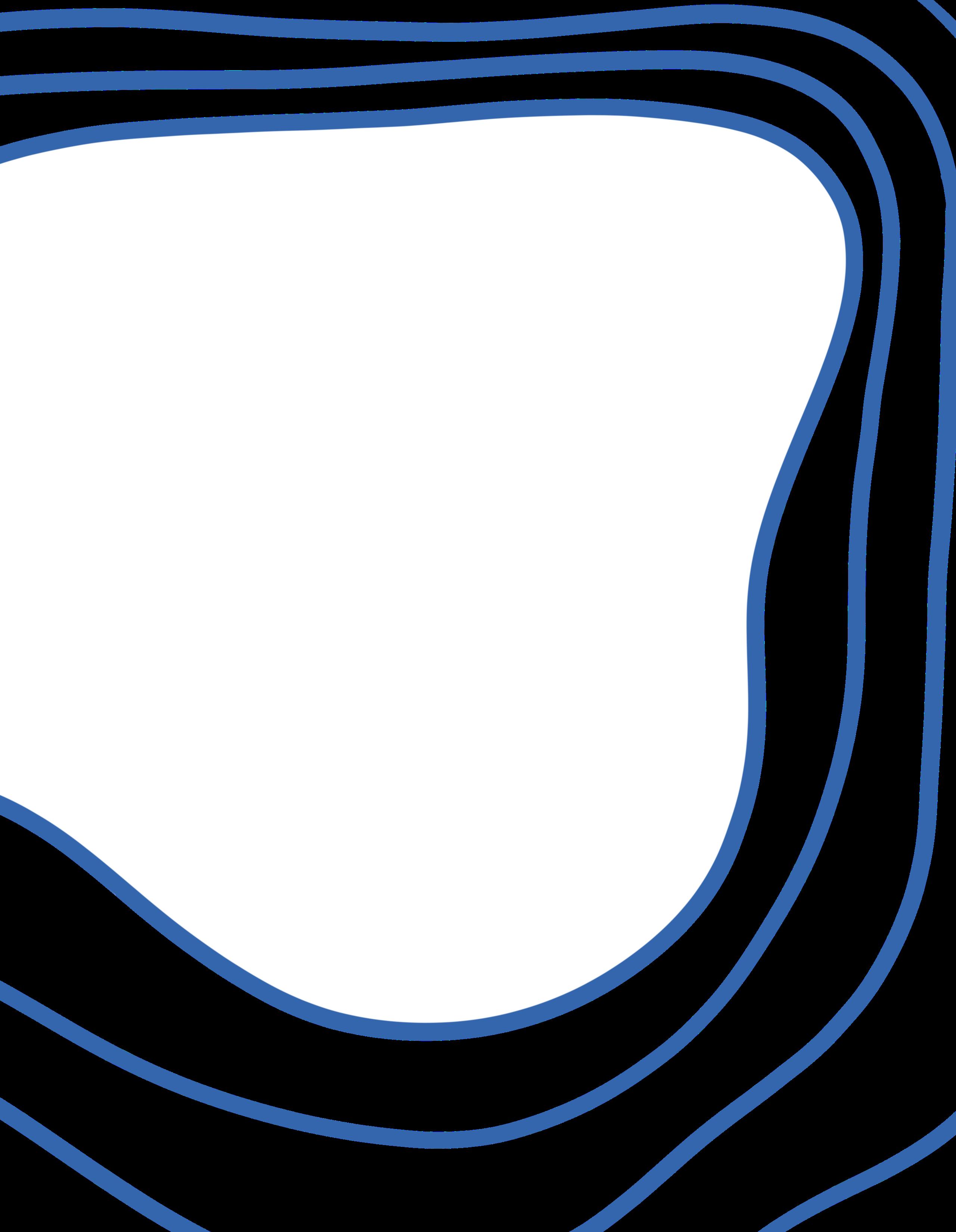
Maybe healing isn’t a straight line but a circle instead, a slow, steady turning toward something whole. I don’t need all the answers today. Just one small step. One breath that doesn’t hurt. One moment of peace to carry into the next. And that, maybe, is enough for now.


My whole life, I knew what I wanted to do. Before I could even talk I was putting on performances for my family. I would watch and rewatch movies, studying the actors; the faces they made, their tone of voice, how they moved. I would even memorize the script and say it along with them. Acting is all I ever wanted to do, and everyone expected me to pursue it. I expected to pursue it. Until I got sick.
I suffer from a multitude of chronic illnesses, the main one being Postural Orthostatic Tachycardia Syndrome (or POTS), a dysfunction of the nervous system. It causes me to pass out when standing, walking, or even sitting upright for long periods of time. It also comes with severe chronic migraines. My high school years were mostly spent in bed, in pain so excruciating that I could hardly move. The days I felt decent enough to make it to school, I would spend my theater classes hiding behind the heavy black curtains in our black box theater, watching my classmates play theater games, write shows, and everything else I’d been dreaming of my whole life. Everyone told me to stay positive. That I would get better. They were sure of it.
A small part of me hoped they were right, but the bigger part of me knew that it was just wishful thinking. POTS has no cure. It doesn’t even have any medication. While it’s gaining more awareness now, some doctors still don’t even believe it exists. Overall, my life was looking pretty bleak. I’d given up any hope I had about pursuing theater. Standing and

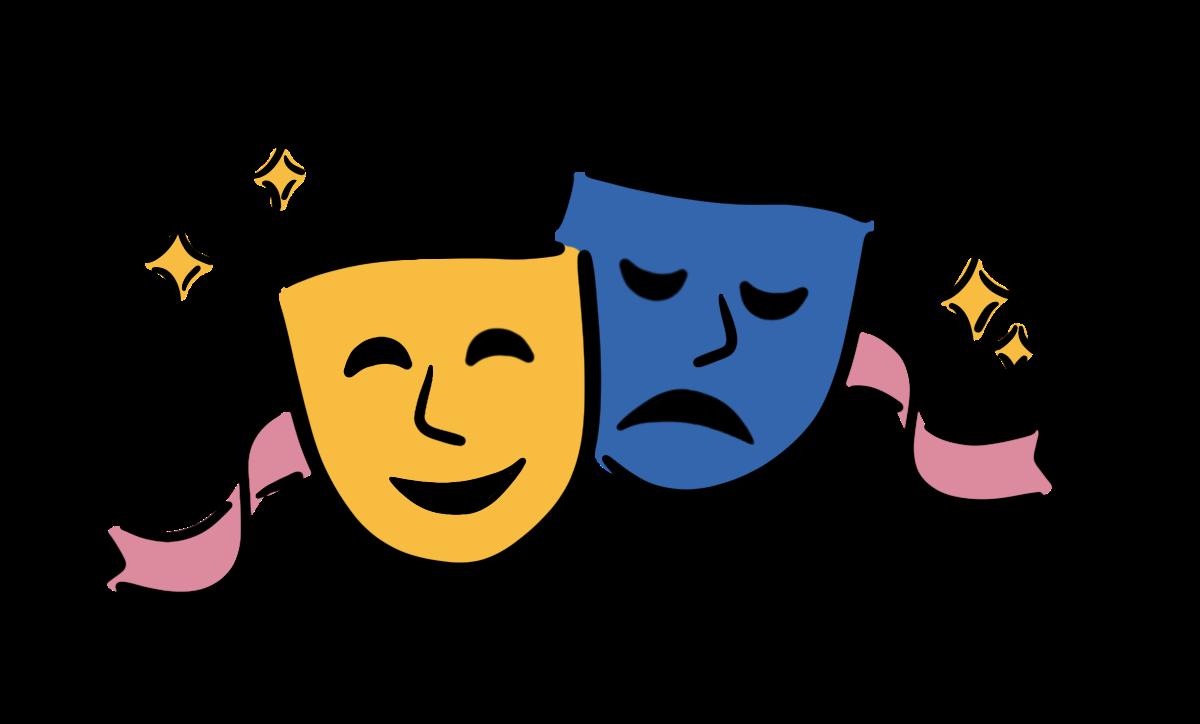
walking around are pretty important when it comes to acting, and I could barely do either. So when it came time to apply to colleges, I chose a major in education.
I attended Drexel University and hoped that the one theater class I signed up for would be enough for me. However, my ailments proceeded to get worse, and most of the time I couldn’t even make it to any of my classes. This led to me making the decision to go on medical leave. My mom helped me make this decision and helped me every step of the way. She bought me any medical device recommended, and took me to a plethora of specialists she thought could help. I’ve spent the last couple of months working on my health and I have made huge improvements. Even still, when it was time to meet with my advisor and discuss my return, I was filled with dread. I knew that I couldn’t go back. Now that my body was healing, I knew there was no way I could go back to pursuing anything other than theater.
I now am apart of Temple’s Theater Program and am enjoying it more than ever. While acting is the area of theater I tend to prefer, I also love stage managing and the technical aspect to theater. Temple gives me opportunities to explore all parts of theater, they even have a Theater Education 4+1 Program, which really appeals to me as I have already taken some education courses and really enjoy working with younger students.
I definitely still have struggles when it comes to participating in some of my classes, but my professors have been extremely understanding and willing to accommodate me. I have only been attending Temple for a short time, but I have never felt that I have to hide my disability to perform, and have even talked with other theater majors that use mobility devices just like I do! While it may still be more of a struggle for me than it is for my able-bodied counterparts, I am willing to give it all I have.
by Amy Giese
“My Head is Too Heavy” is a series of self-portraits documenting my experience with long covid. Between memory problems and a loss of abilities, I struggle to understand my new reality and I often find that my perceptions are mis-aligned. Using only my iPhone and 3D scanning apps, I court the inaccuracies that are created when I use these accessible tools poorly. This technology also exposes the blind-spots of trying to see oneself, with the gaps of data pointing out absences that are now a part of my daily life, and the lives of so many others.
I am interested in how this work sits outside of the standard conventions of photography, that images should be technically perfect with the model shown to their best advantage. These grotesque and abject iterations of myself are even more out of step with the carefully curated presentation of our lives shared on social media. Yet these degraded versions of my surface appearance reveal the hidden aspects of this illness that are invisible to most yet affect me daily. I still look “normal” and it is difficult to convey how different I feel, at times even to myself.
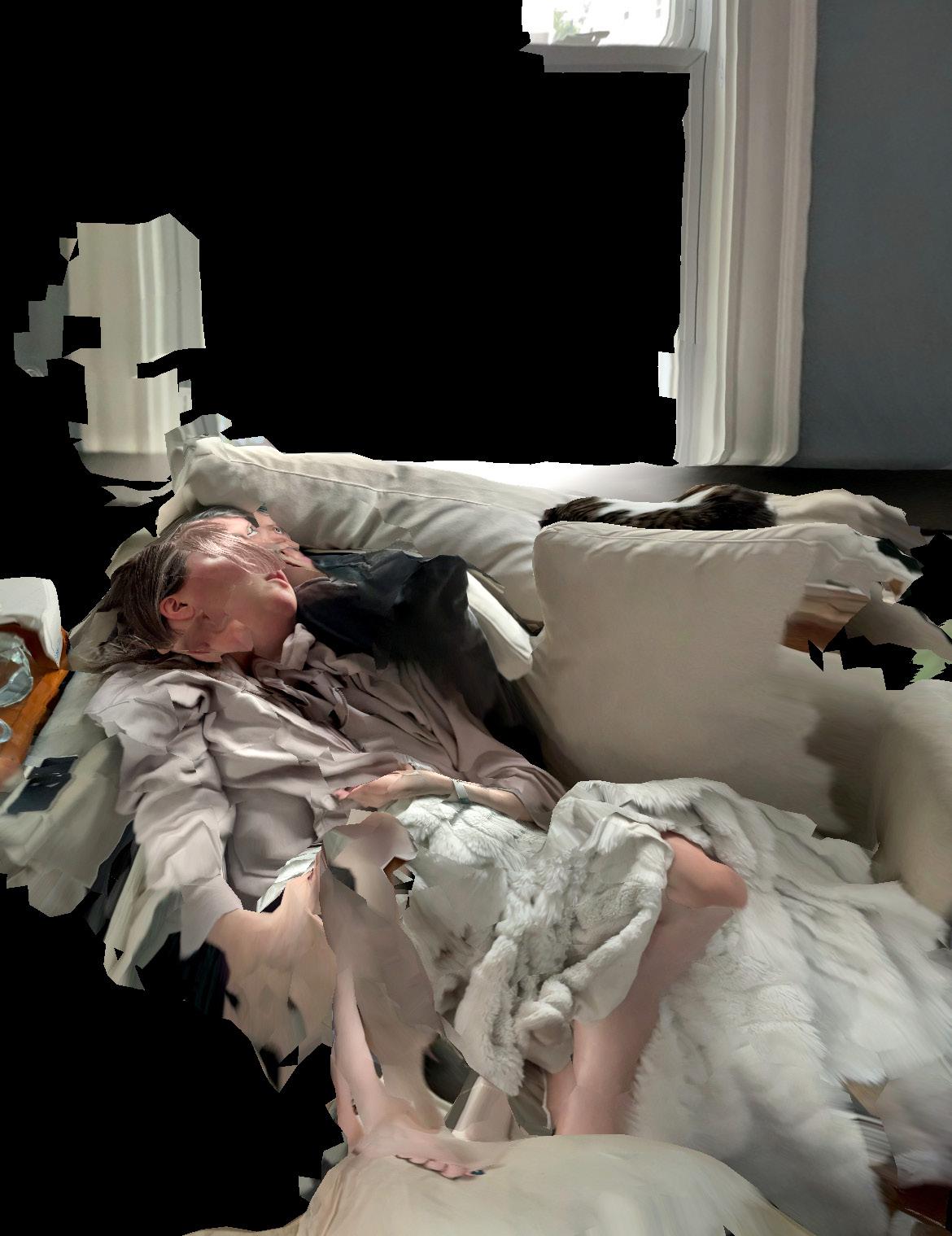





Hope lies dormant in the jar.
Perhaps it is better to let her go, Less painful than the not knowing. Perhaps releasing hope is not giving up, but acceptance. Hope flutters around the edge, Threatening to take flight. Maybe it’s better if she does, Less painful than possible disappointment. Hope screams to be free, She is being tortured in the jar, Every sign of something better that turns out to be nothing tearing at her wings. Maybe it is better not to hope at all. But I need this, even if the disappointment crushes me the next day, when I realize I have once again been hoping for something that isn’t happening, at least I had a moment where my heart lifted. Is a moment of possibility followed by a crushing weight better than the acceptance that it will always be this way, that nothing will ever get better?
Hope settles into the jar, She gives what little she has into what is otherwise a lightless place, A little light every now and then never hurt anyone, no matter how dim or hard the fall, not when you’re falling anyway.


When thinking about a painting of depression, it might be common to think of solemnly dark colors and hues. As someone who’s been coping with chronic depression since childhood and diagnosed since 20, I didn’t want to depict my depression in just darkness. Depression can feel like a mixture of loud, conflicting, chaotic emotions and thoughts. At the loudest times, I was left with my head cloudy, and feeling like I was constantly spiraling. Over time, I’ve come to learn that coping with depression is managing the chaos, not to just prevent the spiral, but to embrace it.
by Tara Collins
To cope, means to effectively deal with something difficult. Some definitions even go to say coping is overcoming a challenge. When I got sick, nobody handed me a guidebook on how to cope. Nobody told me that to cope I needed to grieve my new reality. I was left to figure it out myself. Now the question is, how?
How do I cope with the fact that I’m chronically ill? Is chronic illness just something difficult I’m supposed to deal with “effectively” or rather something I’m supposed to “overcome?” How do I deal with the fact that I will be sick for the rest of my life? There’s no cure, there’s no magical treatment, there’s just “try this” or “this might help.”
I am sad and I wallow in self pity. As I cry myself to sleep, I ask the universe hypothetical questions like “What did I do to deserve this?” “Will it ever get better?” I try to find answers to the why when there aren’t any. I’m the type of person who copes by having all the answers, by understanding. Guess what, you can’t do that


I am jealous. I’m jealous of people my age who don’t have to plan out every decision based on how they’re feeling. I’m jealous of people who can workout without fainting. I’m jealous they don’t have to figure out how to cope while also dealing with the normal stressors of our society. I continue to cry.
I am nostalgic of my past, the version of me who didn’t have seizures or chronic pain. I miss the girl who was carefree and had big dreams. I long for those days where I didn’t know how good I had it. I cry even more.
You might not think that’s coping or at least that’s what I thought until I joined a chronic illness support group.
I now know that coping is allowing yourself to grieve, to feel all the emotions that come with this reality. It’s okay to cry.
Coping isn’t all happy and positive, it shouldn’t be, because if you have to cope, you have to deal with a shitty situation that you likely can’t change. Some days coping is easier than others.


The title of this work is a play on the phrase “Invisible Illness.” It’s a self portrait, in which the only part of me visible is my eyes. Condensation runs down from them, mimicking tears. That small sign of sadness is the only clue visible from the outside that I am struggling. I sought to highlight the difficulty of coping with a chronic illness that is simultaneously invisible to others and all encompassing to yourself (hence the name “indivisible”).
This sense of invisibility, of “looking fine” is what I struggle most with on my hardest days. The mental battle is much more difficult to cope with than the physical pain. I’ve struggled immensely to find outlets for my frustration as a 19 year old living in a body that doesn’t work.
In this work you will never be able to see the full me. You can look for as long as you’d like, but you will never find a whole person, unless you’re on my side of the mirror.
Ella Krzywicki
Some days, I wake up already behind, whether it’s a pounding migraine, my stomach in knots from endometriosis, or my heart racing from vasovagal syncope. If I’m lucky enough, I get to experience every symptom at once, just to keep things interesting. These symptoms are more common than most people think, but because they’re “invisible,” they’re often overlooked. Somewhere between the chaos of managing flare-ups, doctor’s appointments, and hospital visits, I opened TikTok. I started seeing people share stories that felt just like mine. That’s what pushed me to start posting, not just to vent, but to advocate— for myself and for others going through the same thing. Talking about my chronic illnesses became a major outlet. It’s also led me to connect with creators who truly understand—the ones who know what it’s like to cancel plans last minute or sit in a waiting room for hours wondering if today will bring answers.
After a really difficult semester of trying to balance college and my health, I posted a video about how impossible it felt to manage it all. I didn’t expect anyone to see it, but I was overwhelmed by the response. Dozens of other college students reached out, people dealing with similar challenges who finally felt like someone was saying what they had been thinking. In that moment, I realized I wasn’t alone, and neither were they.
Being a college student with a chronic illness means constantly walking the line between pushing yourself and protecting yourself. It means missing class for appointments, advocating for accommodations, and grieving the version of college you thought you’d get to have.
What helps me cope isn’t just rest or medication. It’s community. It’s the people, online and off, who understand my body better than most doctors have. It’s the accommodation advisors who’ve helped me speak up for myself. And it’s knowing that I can be sick and still have a voice worth hearing.



try every doctor and every scan try to be awake before 6 am to answer when the doc cancels on you again try a naturopath try the CT scan try the ultrasound try the renal ultrasound try the vaginal ultrasound try another ultrasound in a year try an MRI try not to be claustrophobic try another CT scan try taking a minute to breathe when they can’t find your blood vessels for the hundredth time try a blood test try a blood test try a blood test try a urine sample try a stool sample go back to your primary care doc go back to your primary care doc go back to your primary care doc try the naturopath doc again wait and keep waiting try calling all the docs again and again for more appointments more begging for answers try not to ask yourself why too many times try not to regret when you go too soon and when you go too late try yoga try daily breathwork try pelvic floor physical therapy try to go to the hospital try to avoid crying at the $10,000 in medical bills try running try walking try sitting try laying try not being born try anti-inflammatory diet try the FODMAP diet try low residue try antihistamine try not to bite the head off of everyone who says you’ll get better soon after more than 15 years of progressive downfall try to remove the elastic from all your clothes try throwing out all your jeans (genes) try ayurvedic supplements try acupuncture try to work in between coordinating follow up appointments with every doctor and vomiting try stretching more try hot showers try this tea try to work through the tears try to remember to log every hour you spend online because you’re vomiting too much to work because the company wants it for documentation try the heating pads try the liquid diet again try plain soup every day try to avoid causes for your flare up like mangos stone fruit onion sugars alcohol caffeine soy try not to think of all the things that once brightened your life that you can’t access anymore try to wait and keep waiting try not to let the years of waiting for answers take years off your life get a diagnosis but try not to care there’s no cure try not to think too hard about every doctor apologizing the system is crumbling try to feel solidarity with everyone else who has been hurt by the system yet somehow persists try to get excited to try everything but not surgery not yet it’s not impairing your life enough try not to vomit blood try to keep your food down try not to dream about grocery stores again or dream of salvation at all try not to look at food or smell food or think about the food healthy people get to eat try not to cancel trips and then try not to bludgeon yourself with sadness and guilt when you have to cancel trips try to sit upright after being bed bound for a week try not to let the blood rush to your head try not to let your current ailment flare up your other ailments try the medicine again try to avoid caring that it makes you vomit try distraction try friendship try hypnotherapy try community try isolating try the hormone pills again try stress reduction try getting more sleep try to swallow your growing and returning feelings of hopelessness try the arm implant that stabs you awake every morning try persistence try advocacy try acceptance try giving up acceptance
try again.


by JJsArtTherapy
This is how I feel on my bad days. In front of me all i see is darkness and trauma. When around me I’m surrounded by light and life that I would like to take part in. I hope others with invisible illnesses can relate to this feeling as well, and remember to find the light.
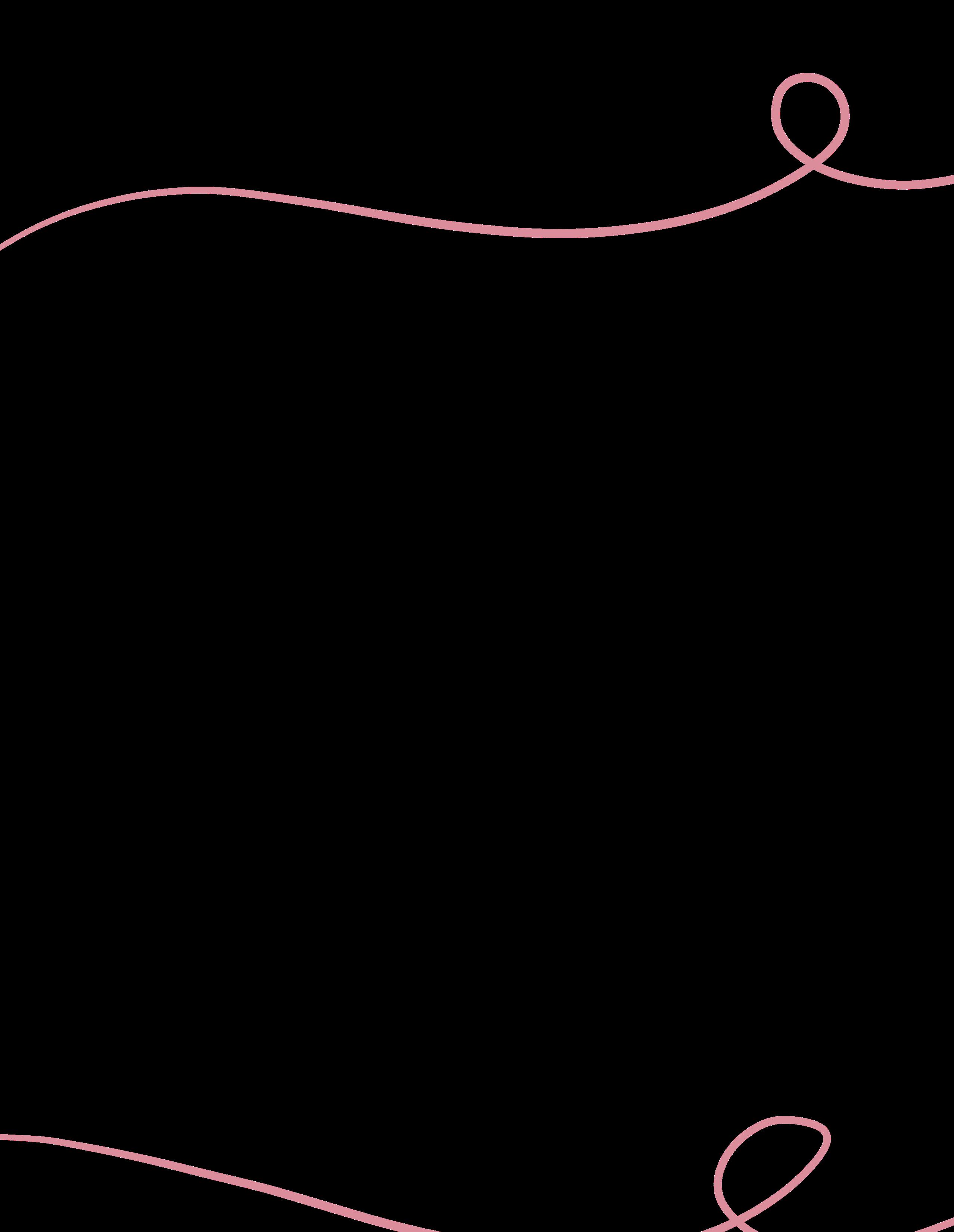
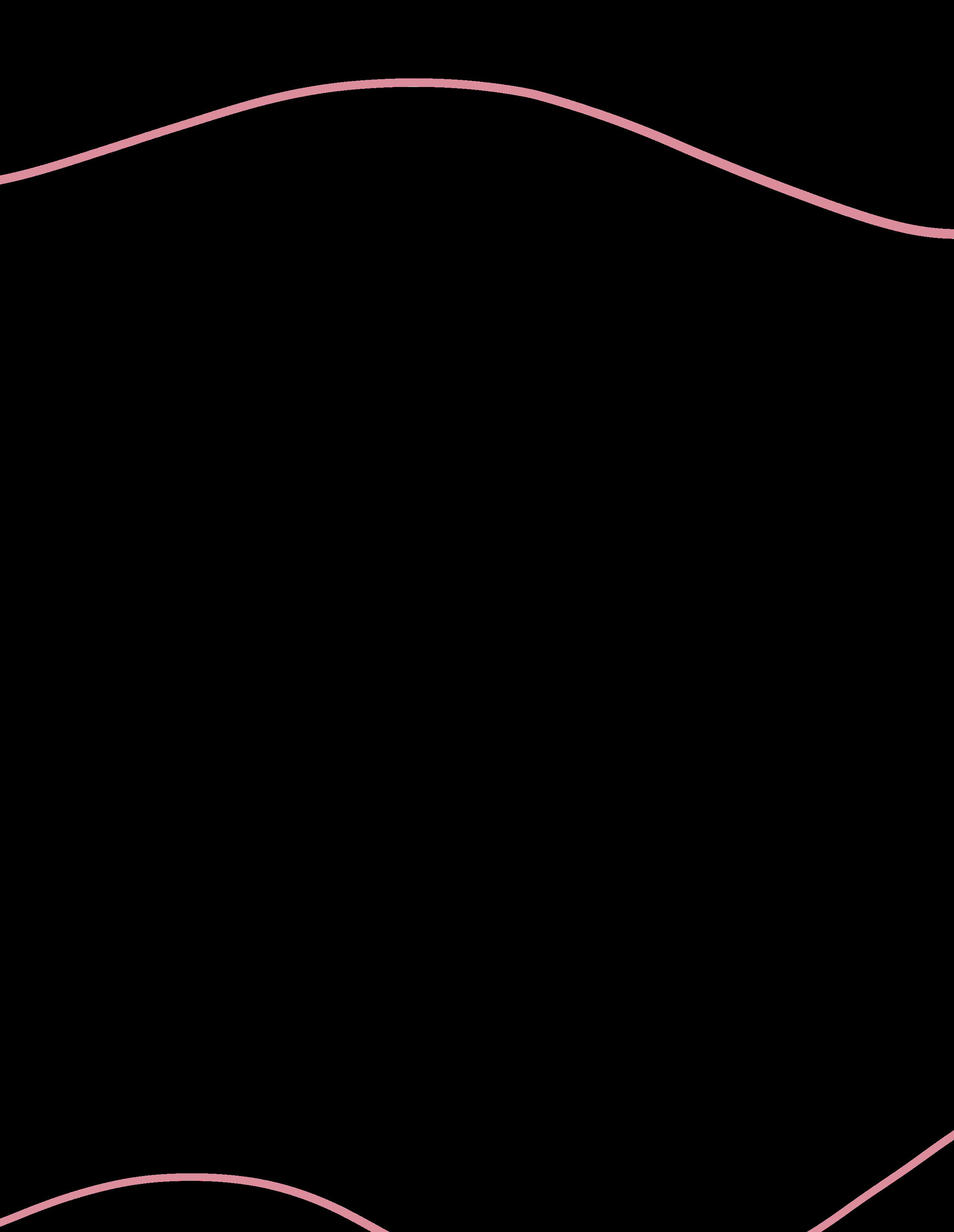

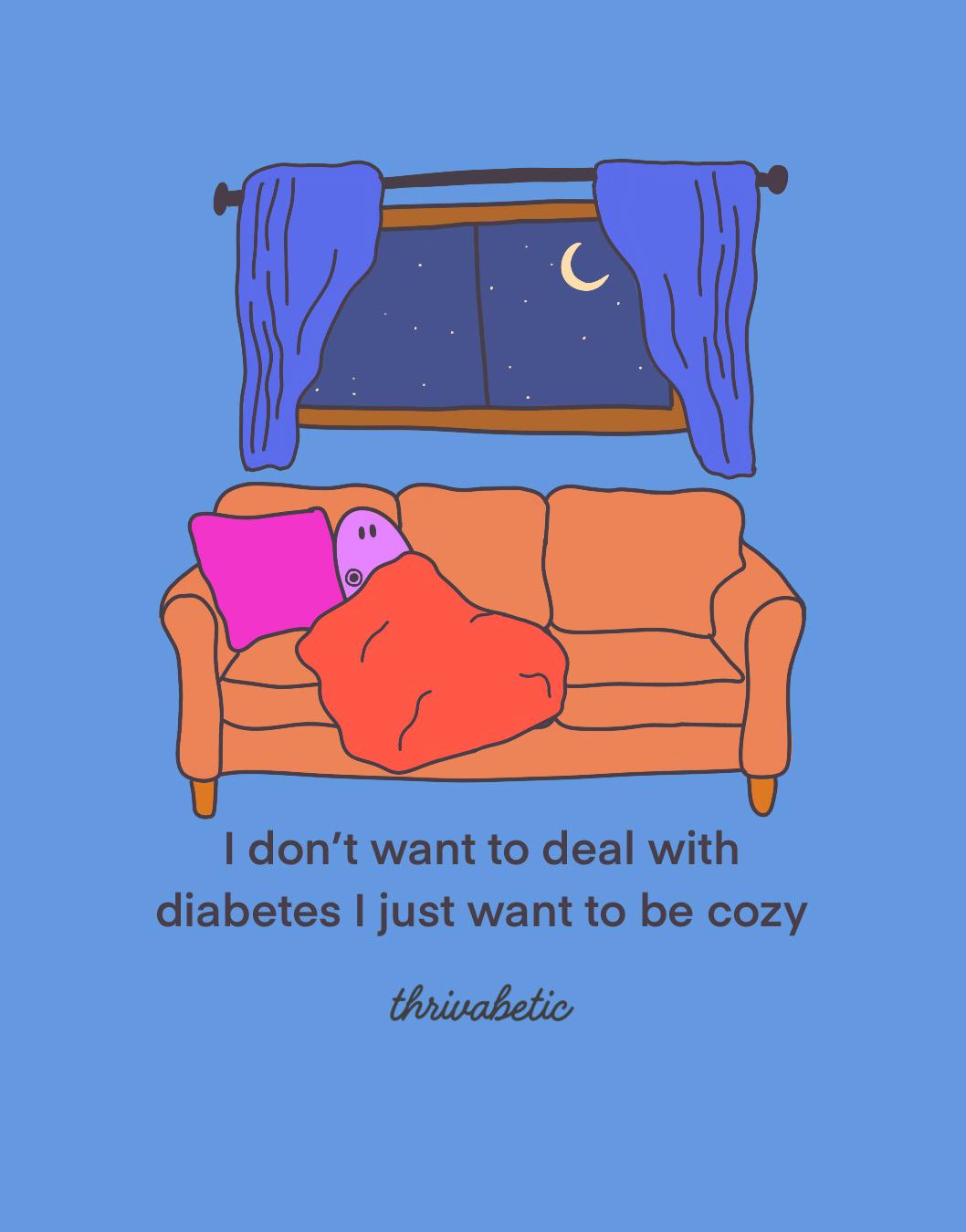




by Kate Kirby
My artwork for diabetes uses humor and honest, relatable moments to capture the everyday ups and downs of life with diabetes.
by Jenna D.
How do I cope? Do I actually know how to cope, or have I just been forced to adjust? Do I cope, or just find a way to push through? Do I cope, or do I just pick up the boulder, drop it, and pick it back up again?
I am constantly surprised at my ability to appear joyful, graceful, and strong while internally, I often just feel like collapsing. Just because I carry it well does not mean the load is not heavy. Maybe I work hard to appear okay, because it’s easier for us both to pretend I am fine. Maybe it is easier to respond “doing great” when you ask how I am, because keeping Pandora’s box closed might be a favor to us both. Maybe I remain silent about the struggle because bringing attention to it can make me feel even worse.
Most days feel like a lesson in hardship or a reminder of what you can’t do. It is a continual grief for your past self, your current self, and your future self. It is a constant erosion of who you are and what you feel capable of. It is a shifting landscape of identity, health, and your belief in yourself, your belief in others, in your doctors, your family, your friends, your colleagues, “the system.” Ultimately, being chronically ill is lonely. Sometimes, my body feels like a prison, despite how hard it is working to heal. There are days where it feels nearly impossible to bridge the gap to a healthy person since they can’t understand how my chronic illness colors every decision that I make. How I have to mentally prepare
for the smallest tasks, and need to create exit strategies and backup plans. How I want to do the “normal” thing, but my body just can’t meet me on the same page right now. So, back to the question: how do I cope? By quitting a job that is going to kill me with no backup plan. Having a breakdown in public because I simply can’t hold it in until I get home. Wine. Seeing a specialist, and then another specialist, and then spending the next few months unpacking the trauma with my therapist. Buying stretchier pants. Envying healthy people. Knowing something is going to cause a flare, and then doing it anyway. There are a million ways I try to cope, some messy, tiring, or downright unhelpful. Remembering that the journey to adopting healthy coping mechanisms is not linear. That sometimes it’s not how you get from day to day that matters, but simply that you can.
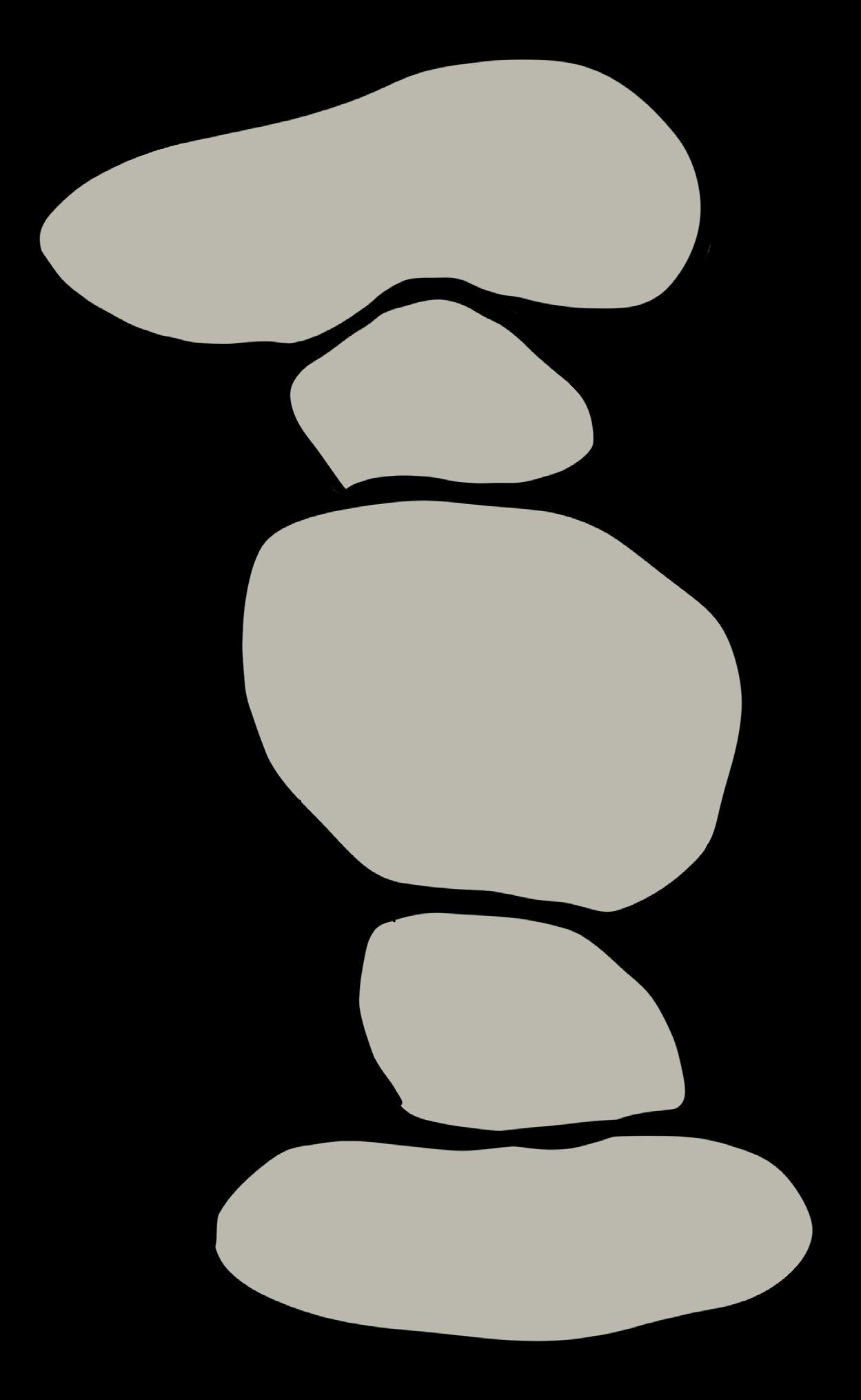
So, maybe in order to cope, I shouldn’t focus on the big picture or the huge mountain that needs to be climbed, but to consider all the smaller joys: a nourishing meal, a child’s laugh, or a beautiful wildflower. Maybe in order to cope, I need to have a good cry.
But then, maybe I remind myself that I have already survived every worst day of my life, and that I still haven’t lived all of the best days yet. Maybe, to cope, I let today be today, and tomorrow be tomorrow.
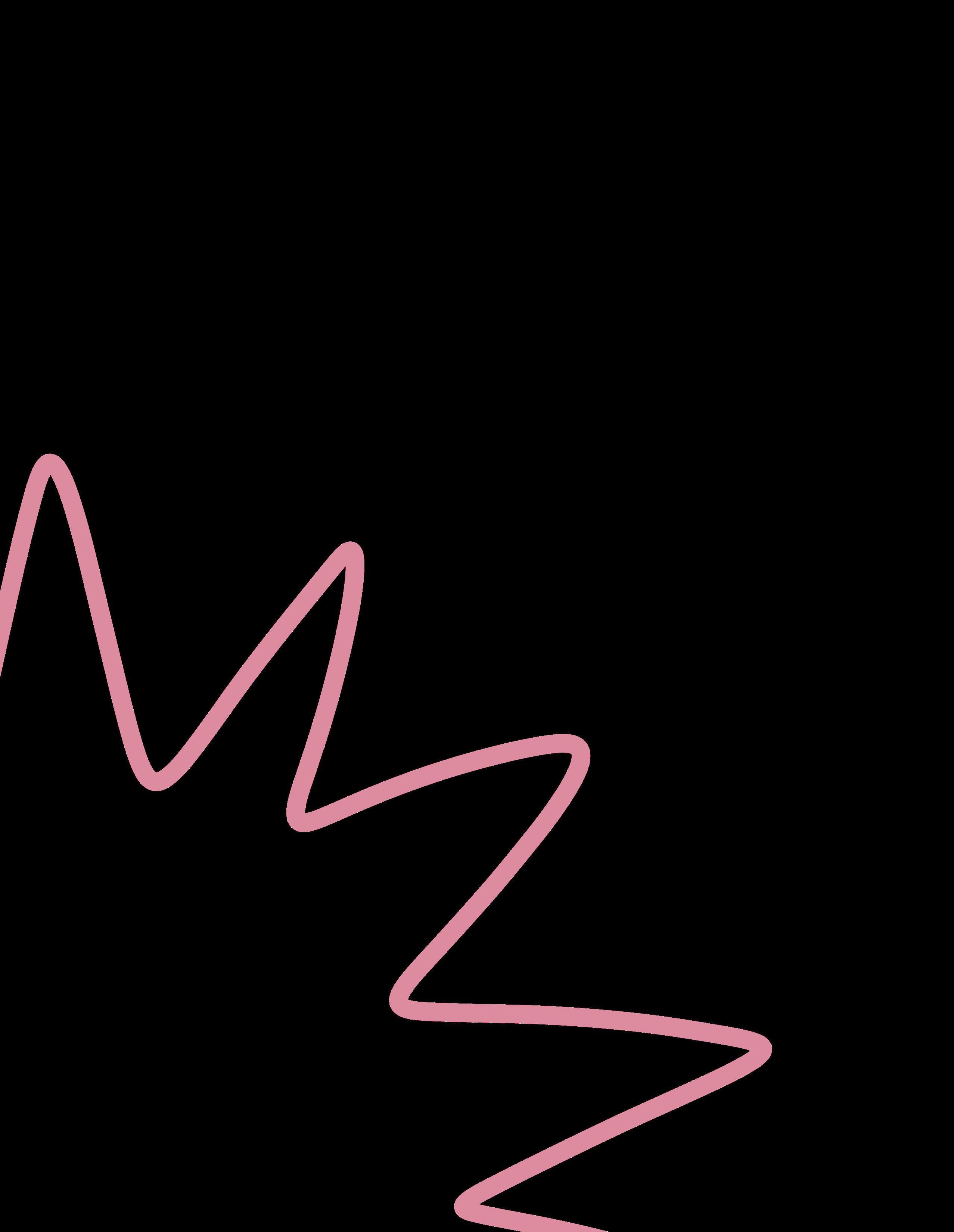
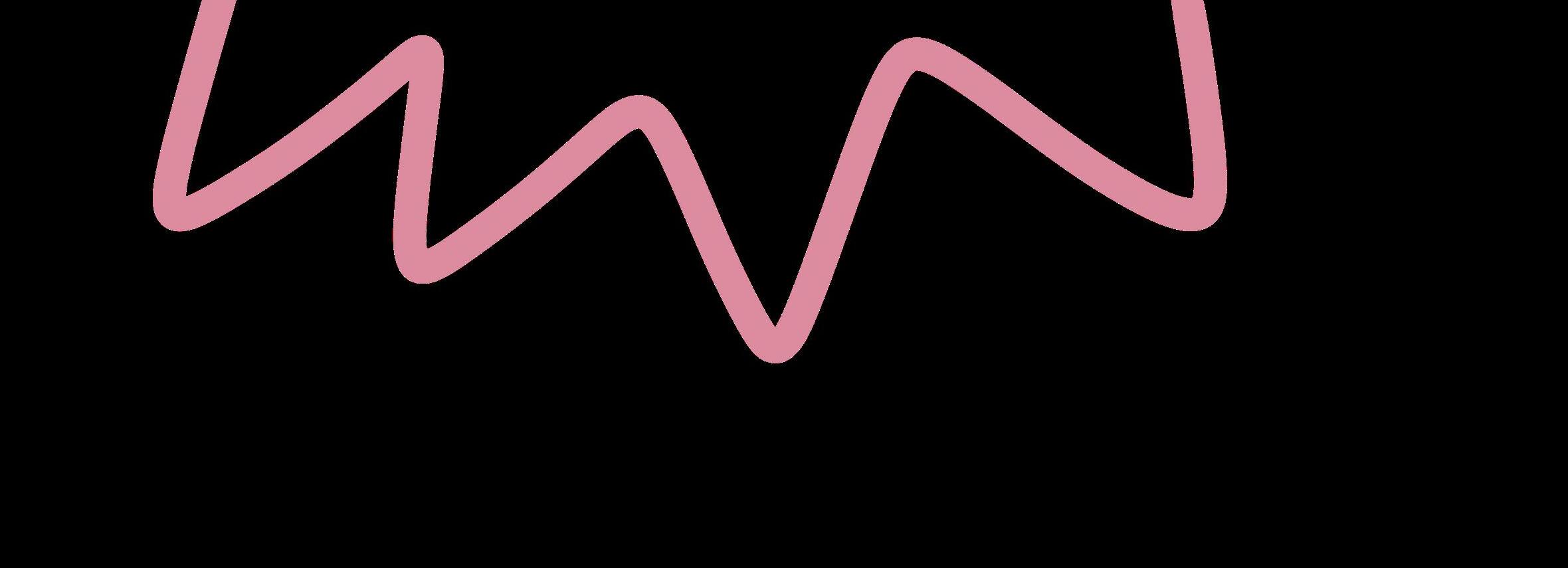



by Madison Nicole
To wake without aching, to breathe without strain, feels like a dream I may not get again.
How can I feel everything, yet nothing at all? Both numb and exposed, like a wound left raw.
It’s strange this reflection I see isn’t me, just a shadow of who I used to be.
She’s broken and hurting-spirit, body and mind. Hopelessness suffocates from within but I know that our feelings aren’t always so kind. I miss the freedom of living symptom-free. Every day, I try not to let it break me. Nothing feels right. I wish I could rewind to the days when my body and health aligned.
Laughter feels distant, joy feels rehearsed. I yearn to stop this ride and put it in reverse.
Today, I’m not okay and that’s allowed. I’ll remind myself of how far I’ve come and take a moment to feel proud.
One day, there’ll be light where there is sorrow. I will fight for the strength to meet that tomorrow.

The disabled experience is one of paradox and rebellion.
My mind is in an alternate dimension, orbiting deep truths; not checked out but rather, deeply checked in.
My withdrawal isn’t collapse; it is a radical act of survival and self reclamation. I cope through art, philosophy, disability justice work, and just trying to find an iota of sense in the absurdity of it all.
Capitalism is always in the shadows, threatening to slash the throat of possibility. Chronic illness and neurodivergence have taught me that I am not stagnant just because I am still, that I can be radical and also sometimes bedridden.
The Pull illustrates the freeze of burnout in today’s dystopian society; the clarity that comes with the grief, and the freedom in choosing to finally exist instead of perform.
by Desiree Argentina
In the Summer of 2022, my life as I knew it changed forever. I was home alone and got up in the middle of the night to use the bathroom and as soon as I stood up, I fainted. Feeling scared and unwell, I called 911. I fainted again at the hospital. Though something was clearly wrong, all of my tests came back normal. This was the start of a long and frustrating journey of chronic illness, mysterious symptoms, learning to manage my symptoms, and healing my mind, body, and spirit.
It’s been a long journey but now, three years later, I have my symptoms well managed and under control...for the most part. I have learned to live with the random pains, flare ups, and my usual dizziness and feeling faint. On my most difficult days, I struggle with physical pains such as headaches, migraines, chest pains, heart palpitations, and eye pain. I also struggle with fatigue and losing my breath quickly when hiking or working out. Though these pains are much less severe and infrequent than they used to be, they are still present and a part of my life and have changed how I live my life day to day.
I cope a lot better now than I did in the past. Mentally and emotionally, I’ve coming a long way. My pains and flareups used to cause a lot of anxiety, stress, and even panic attacks but now I am able to acknowledge them and carry on despite them.
I focus more now on listening to my body and giving it what it needs. Sometimes this is medication, sometimes it’s lying down or a nap, sometimes it’s electrolytes, and sometimes it’s ignoring the pain and continuing on with my day. I used to push myself to the point of pain, exhaustion, and burnout. It’s taken a lot of practice to tune into my body and slow down when necessary. This has helped me to foster my mind-body connection, which has helped my relationship with my body to strengthen. I feel more in tune with my body now and I try to prioritize rest, exercise, eating healthy, and getting all the electrolytes I need to feel well. I’ve always incorporated a lot more mindfulness practices like meditation, journaling, spending time in nature, reading, and stretching. These practices help me to relax and rest my mind and body.

through periods of low energy and not feeling well, he completely runs the household. He makes sure I get plenty to eat and drink and makes sure our home is stocked with what I may need during my flareups.
I think its important for everyone to understand that chronic illnesses and disabilities come in all shapes, sizes, and forms. Many chronic illnesses and disabilities are not visible. You never know what someone is going through or dealing with so be kind always and offer support when you can.

Throughout this process, my boyfriend, Mark has been my biggest support. When I’m feeling down or unwell, he steps up by taking care of me, our home, and our three cats. He always makes sure I get what I need to feel well and encourages me (and reminds me) to rest and take breaks. When I go
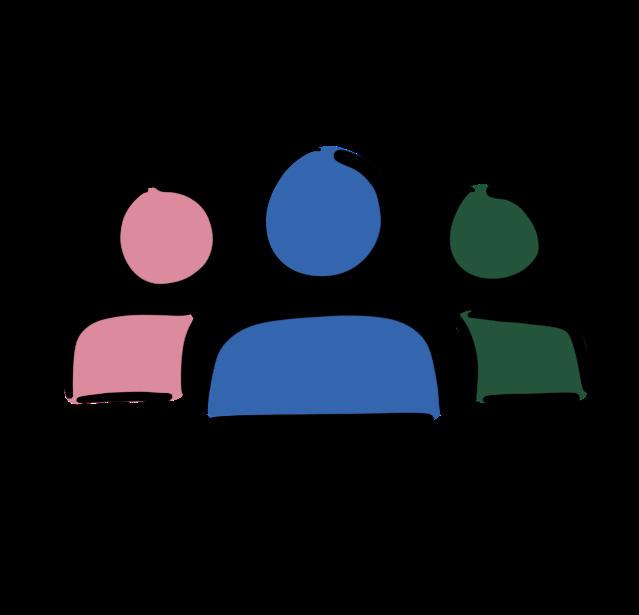
Something that helped me so much through this journey was finding community and I did this through Facebook groups. I joined various Facebook groups about chronic illness and the support, information, education, and recommendations I found in these groups was invaluable! I highly recommend those undiagnosed or recently diagnosed find a supportive community - in person
It’s important to find what works best for you and your lifestyle. There is no right or wrong way to live your life or manage your chronic illness. I’ve found what works for me and know you can too!
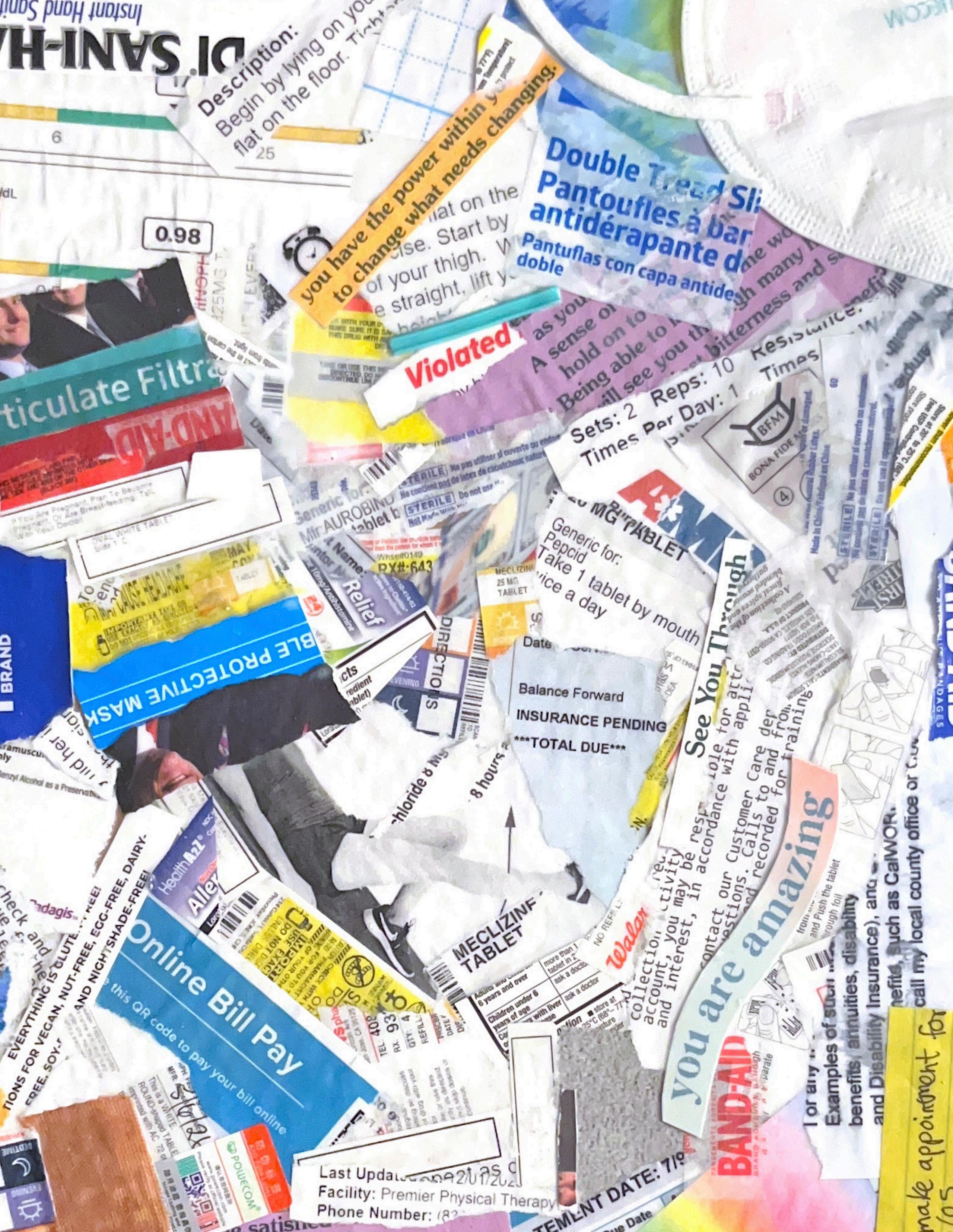
by Elliott B.
This mixed media collage symbolizes what it is like living with several chronic illnesses and the stress that comes with it all. The to do list of visiting and making appointments, managing symptoms and treatments, and keeping track of it all is truly never ending. In this art piece, I made use of recycled medication labels, visit summaries, masks, bandages, and medical bills, among other things. Anyone who lives with chronic conditions knows, it really is a full time job.
by Cindy Kohler
Somewhere between the third day in the same outfit and eating cereal out of a mixing bowl, it hit me: I can’t keep up. I’ve learned I can’t attempt both dishes and laundry in the same day—sometimes not even in the same week.
The counters are covered in dirty dishes and torn packaging from whatever takes the least effort to prepare. Clothes are in piles all over the floor. Clean or dirty, clothes have become a challenge. There’s a silent hierarchy in those piles: the comfy clothes I can answer the door in, and the ones so dumpy I barely want my dog to see me in them. Add in the weight gain that Long Covid brings, and that decent pile gets even smaller.
This is what survival looks like living with Long Covid alone, and it’s overwhelming. For those who don’t know, Long Covid isn’t just lingering symptoms; it’s a full rewiring of your body, your energy, and your life.
The financial strain makes everything harder. Before I lost my job to this illness, I could outsource the basics—yard work, cleaning, even the occasional dog walk. I had systems. I had the kind of help money can buy. Now it’s just me and my dog. No money and no energy.
Maybe I’m rare, but I genuinely like living alone. I enjoy my own company. I love the freedom of it. The idea of someone moving in to take care of me sounds— honestly—miserable. That’s not what I want.
But eventually, I break. I held out, clinging to the idea that tomorrow I’d feel stronger. That I’d catch up. That I could manage. But tomorrow never came—still hasn’t. I ask for help. I don’t have a choice anymore.
And because shame is a loud, manipulative beast, I wait until things are at critical mass to ask for help. Then I push myself to clean before anyone arrives—exhausting myself to make the house look like I don’t need help, even when I clearly do.
I’ve always been told a messy house is a reflection of your mental health. So now, combine that with the embarrassment of weight gain from Long Covid, and you’ve got a doublewhammy shame monster.
If I had to draw it, I’d be in the middle of the picture— slumped and unshowered— while invisible voices close in from every direction:
Lazy. Fat. What happened to her? She’s let herself go. Her home is a disaster! Her kitchen actually smells!
They’re not actual people, but they feel familiar. Like echoes of every judgment I’ve ever overheard—or feared.
think. It’s about who I believed I was supposed to be.
Somewhere in all that noise, another thought shows up. It stops me cold: I’m supposed to be the one helping someone else. I’m the giver. The donor. The one who shows up with a gift card, organizing skills, or at least a check.
And just like that, I see it for what it is—not strength. Not pride. Just ego dressed up like virtue.

That’s a big part of why accepting help is so hard. The voices get louder when someone sees the truth of my life—the kind of truth I’ve been taught to see as disgraceful.
And the twisted part is, deep down, I still think: if I were thin, all of this would be okay. I wouldn’t feel like such a failure.
But the guilt isn’t just about what others
What a convenient story: that I’d never be the one in need. That I’d somehow earned immunity from the human condition. That help is something I give, not something I’d ever need. That thought isn’t noble. It’s a lie. And worse, it’s a lie that quietly judges everyone who’s ever needed help as somehow less-than. That’s not who I want to
So now, I let people into my messy house and my messy life. I do it even when I hate how I look, even when the shame still echoes. I try—imperfectly— to receive what’s being offered: without the apology, without the performance, without the cleanup sprint beforehand.
Some days I pull it off. Some days I don’t.
Strength isn’t the absence of need. It’s letting someone see you in the clothes you’d never answer the door in.
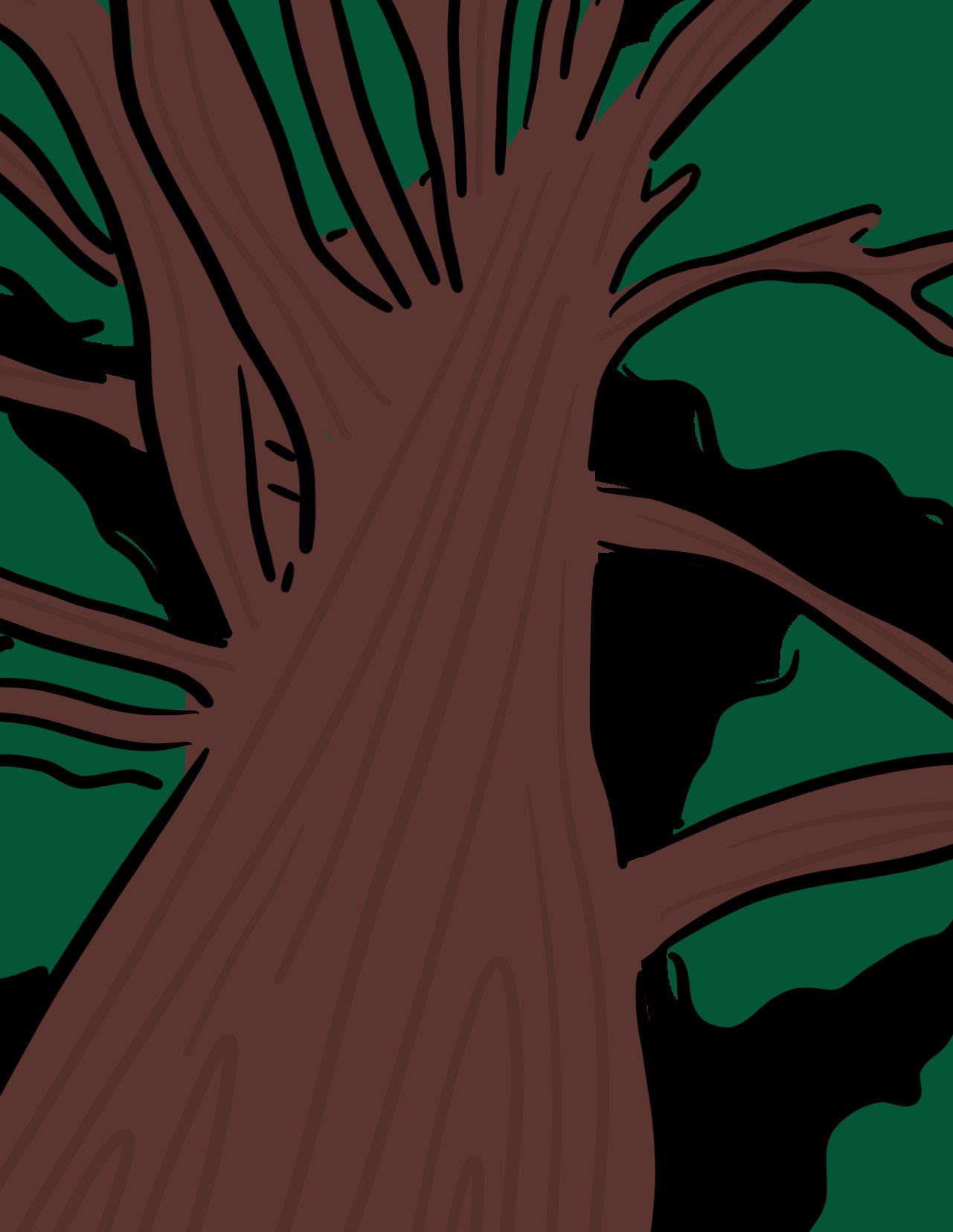
by Zoey Bandhauer
Why can I witness the trees weathering the seasons and only see their beauty, But when I witness myself weather my own seasons, I only see every flaw and wrongdoing? Why is nature so methodical and harmonious, But everything inside of me is so tumultuous and, frankly, impossible? It’s exhausting and it’s ugly,
But the trees are always beautiful. So is the plant upon my windowsill,
The one that wilts and screams of thirst until I chance to notice. I drown her in water and her glory restores, Maybe I treat myself like my plant.
Cast aside until I drown myself in water, Yet nothing changes.
Except everything is changing all the time. My seasons just happen to be sporadic and rapid, And sometimes like the desert, Or maybe just like winter
When my rivers run dry and my lips crack and peel. Why do trees get to look glorious in their decay, beautiful in their winter, growing stronger through their struggles... And I get to look like this, and feel like this? Do the trees feel like this?

by Stephanie L. Bade
Coping, for me, isn’t a single act—it’s a collage of survival strategies held together by dark humor, raw honesty, and a deep need to make meaning out of the madness. I live with POTS, a condition that makes standing feel like a cardio workout and turning my head a gamble. Some days, my body feels like a betrayal. Other days, it’s just a misunderstood companion doing its best with faulty wiring.
My hardest days are the invisible ones. The ones where I’m sitting upright and smiling while my heart is pounding like I ran a marathon just getting to the couch. The days when fatigue feels cellular, and guilt sneaks in—not because I’ve done something wrong, but because I can’t do the things I used to. These moments bring a special kind of grief, the kind without closure.
But I’ve learned to cope by becoming louder than the silence that tried to swallow me. I started speaking out—first to myself, then to others on TikTok, where I advocate for those who feel gaslit by doctors, misunderstood by loved ones, and stranded in waiting rooms of uncertainty. I wrote a book-inprogress called Chronically Misunderstood to validate the pain and resilience of our community. I write poetry that speaks to the duality of strength and sorrow, because sometimes the only way to cope is to turn the ache into art.
My coping toolbox includes medical mobility aids, heating pads, electrolyte drinks—and equally important—boundary setting, laughter that’s just a little too loud, and letting myself rest without guilt. My support system includes my kids, my husband, my mom, and fellow chronic illness warriors online, and the version of me who refuses to let this condition be the end of my story.
If I could tell someone newly diagnosed one thing, it would be this: You’re not lazy, broken, or overdramatic. You’re adapting to something people can’t see—but that doesn’t mean it’s not real. Your softness is not weakness. Your survival is activism. And every day you wake up and choose to keep going, you’re already doing enough.
This is how I cope. Not perfectly. Not without fear. But always with fierce honesty, and a light I now share with others.
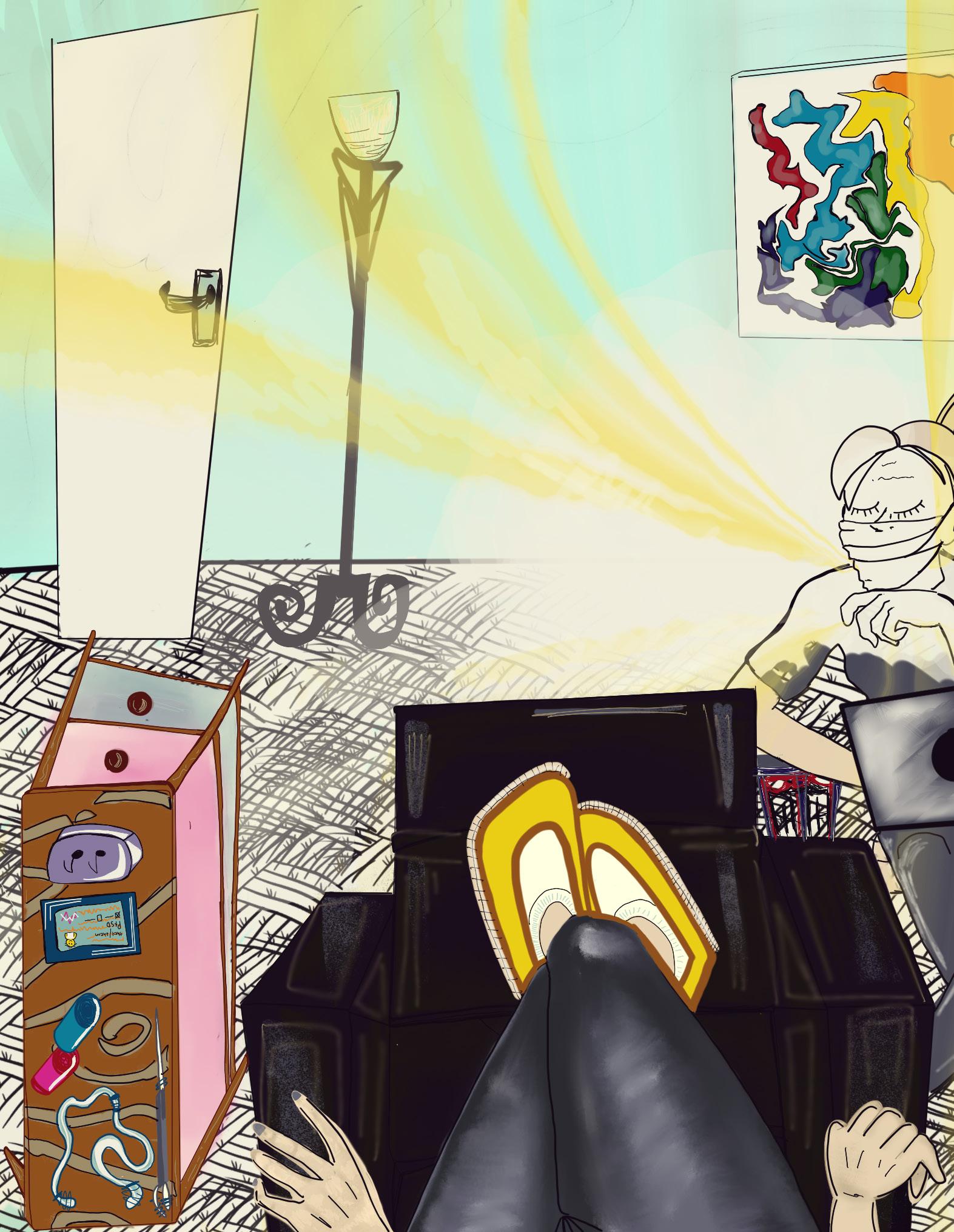

This is a representation of a dissociative episode I experienced during a medical infusion. I saw exactly this.

Creating space & community for the chronically ill in Liverpool, UK


Hi! Im Tayla! I’m also 22 and became chronically unwell in March 2024. I have had health problems throughout my life, a bit up and down but never to the point that they completely took over my life. That all changed last year and it has kind of been a rollercoaster ever since. I went through an incredibly stressful and traumatic period in my life and everything that had kind of been hidden came to the surface and I now have the joys of having multiple chronic illnesses and disabilities! My conditions affect all different areas of my body, my mobility and this year I was also late diagnosed with autism and ADHD so it has been an incredibly tough and overwhelming transition for me for sure. Before I became unwell, I was a party loving, raving, rugby playing law student. I’m not quite sure where all of that fits in anymore and I have and still am on a journey of discovering

Hi, I’m Ellie! I’m 22 and I have Spina Bifida. Alongside this I have anxiety and depression. Being sick has been my entire life and therefore my “normal”. Spina Bifida is a condition developed in the womb and so far has no known cause. As a condition, it exists on a vast spectrum. Individuals with the condition can range from only finding out they have it later in life, to needing consistent care and support from the minute they’re born. Personally, I fall somewhere in the middle. Although I am extremely lucky to have my motor functions and be largely independent, I have had over 20 surgeries and procedures in my lifetime to get me to the point I’m at today. By the time this article is released, I will be in recovery from my third spine surgery. Outside of my illness, I would consider myself a consistent advocate and activist. I am currently at university studying International Development with hopes of working in the third sector.




Ellie: Tayla and I met through our retrospective Chronic illness advocacy Tik Tok accounts. I had originally started a small online page alongside my main account in attempts to create an online community for individuals with chronic illness. However, creating such an endeavour alone can seem extremely daunting, and honestly, I had no idea where to start. I reached out to Tayla after she commented on one of my posts wanting to connect and we went for coffee sometime after. We had an immediate connection and found we really resonated with each other’s stories. We both had ideas for what a community could look like and realised it would be 10 times stronger if we built it together. We both bring individuality and different strengths to the project which I think is really beautiful and is what has contributed to its success thus far.
Tayla: Like Ellie I knew I wanted to create a community for others in the same situation as me but alone that is very, very daunting and confusing! My chronic illness tiktok became an outlet for me but I also discovered really how many people also needed that space to have an outlet and feel seen and understood. I saw Ellie’s tiktok reaching out and knew I had to contact her and it all went from there after one coffee date. We immediately hit it off the bat and both had the exact same vision and
dream of what we wanted to achieve. Just finally finding one other person who understood what I’d been going through was an immediate weight of my shoulders and it drove me even more to create The Healing Hive as I knew how many other people would benefit from this. Ellie having lived with this her whole life alongside me recently becoming unwell brings the perfect balance of experience as we have both had to navigate our illnesses in different ways and that opens up more ways to relate to others in our community. We’re both incredibly driven and passionate so creating this community has flowed perfectly and I am so grateful to have met Ellie.
Ellie: I truly believe something amazing can come from forming connections between people with chronic illnesses. Personally, I have an amazing support network. My family and friends are truly my rock, and I wouldn’t be the person I am without their support. However, I have always been the sickest, if not the only sick, person in my circle. Therefore, no matter how much the people who care about you are there for me and support me, they will never understand what it is like to live every day in a body fighting against your existence. As a child and a teen, this idea didn’t seem to bother me too much. As a child, being sick can

seem like a novelty, the severity of it is too much to comprehend for anyone so young. Although there were awful parts, as a child being sick meant time away from school for appointments, gifts when I was sick, special treatment from teachers, and extra attention. In all honesty, it didn’t seem like too much of a bad deal. However, the older I got, the isolation of my situation set in. The unfathomable idea that I was forever sick became more real with each passing day. And suddenly the negatives completely outweighed the positives. And no one understood what that felt like. In the midst of serious health issues this year, the loneliness felt too much to handle, and I looked for anything in the community to find anyone who understood. That was when I found there was nothing. Finding Tayla and creating this community has been just as healing for us as we hope it is for others. To finally have someone, and a space, where someone understood things, I had been through was invaluable. And that is what we want others to find. A community of people who have shared experiences and stop people with chronic illness being so isolated.
Tayla: I believe there are endless amounts to be gained from this chronic illness community and what it can provide for people. Becoming so unwell at 22 was a massive shock to my system. I almost feel as though I lost an entire life and that grief is incredibly hard to cope with. Alongside being tossed between medical professionals whilst they try to figure out what’s wrong with you for
months and even now years, it is all very overwhelming and draining on your soul. I went from being able to party when I wanted, putting my body through hell in rugby games, gyming, raving, running, getting glam, studying and working to losing it all. Some days, not being able to walk or even look after myself due to the amount of pain and symptoms I experience. To realising that mental struggles I had faced throughout my life weren’t my fault, I was undiagnosed neurodivergent. That transition is like nothing anyone could prepare you for. I felt so desperately lonely, desperate to figure out what was wrong with me and have reached some really dark times. That’s when the online community started to save me just a little bit. I shared some of my story online and it blew up and I began to meet more and more young people on similar journeys as me and that sense of community and knowing I wasn’t alone in this was a lifeline for me. Like Ellie, I have an incredible support system of my family, boyfriend and friends who I wouldn’t have been able to get through this past year without. But sadly like Ellie said, they will never be able to truly understand what it is like to live when your body is failing you every day. Meeting Ellie was another lifeline for me, actually having someone in my life who just got it, no explanations, just complete understanding. The community we are creating isn’t just for us, it’s a necessity for all to end the
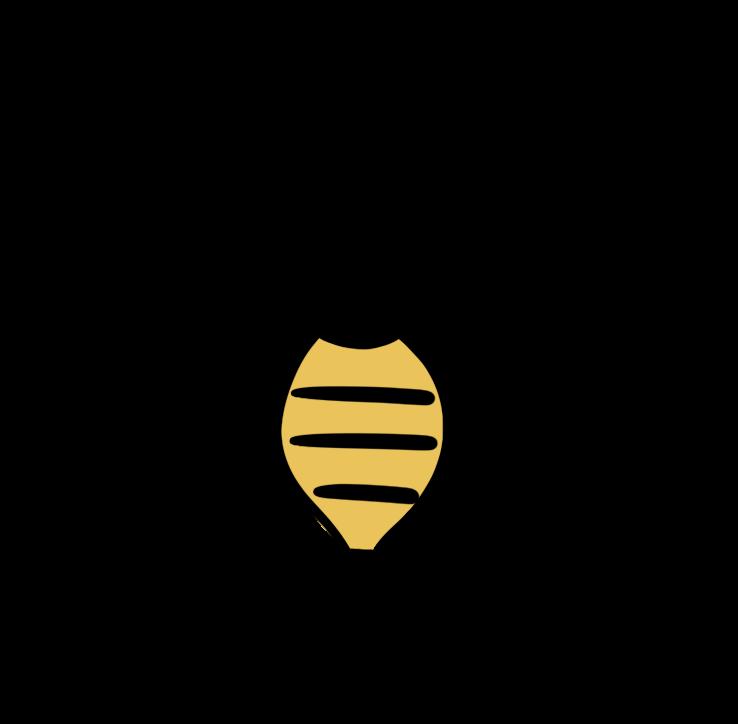

isolation and loneliness that comes with battling long term health conditions. So less people have to be on this journey alone.
Whats the mission of The Hive? What is one thing we wish people understood about chronic illness?
Ellie: The mission for The Hive is to break the stigma surrounding being chronically ill. So many ill people feel so much shame and embarrassment when discussing their conditions. This is partly due to the fact we have created a society in which we have branded people with chronic illnesses and disabilities as “inspirational”. Don’t get me wrong, I have met so many people with chronic illnesses and disabilities who I would consider inspirational. However, I do believe this rhetoric dehumanises disabled people by presenting them as
some sort of superhuman. Instead of seeing people suffering with debilitating conditions, we see them as individuals who “power on” and stay positive in the worst situations. This doesn’t leave room to talk about how awful chronic illness life can be. It creates a sense of shame when discussing the incredibly hard times faced by people with chronic illness and makes the subject seem taboo. We would love to build towards a society where disabled individuals don’t always have to be strong and resilient and instead live their own reality with having to be a public spectacle.
Tayla: I completely agree. I think even in ourselves it’s an internal battle to not have to prove to ourselves and other people that we can handle this. Everyone battling chronic illness is incredibly strong, determined and resilient, but that doesn’t mean we can never show
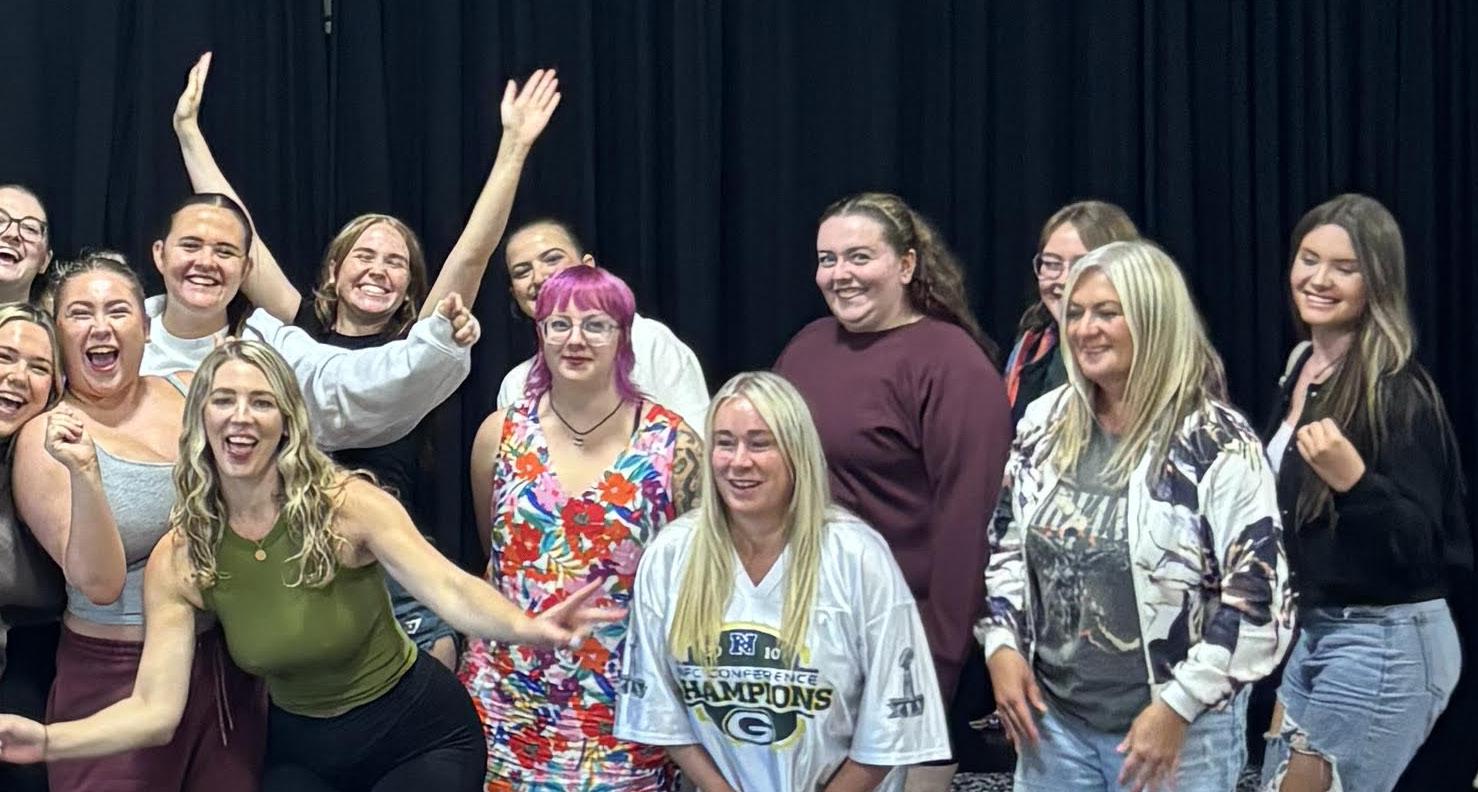
that we are struggling or open up about that side. We are inspirational because what a hell of a life we live but we are still human beings with emotions and struggles and battles. I feel as though people worry when you display any signs of negativity or upset but god is it so so helpful to actually be able to talk about how you feel. Its an outlet of all the emotions bottled up inside. We want to continue to create a community where people feel safe to talk openly about their disabilities, the ups and the downs that come along with that, leaving all shame and taboo talk behind.
Ellie: Honestly, I have so many visions and dreams for where this community could end up. A big one for me personally is eventually ending up in a position
in which we could provide grants to individuals to support their access to unconventional illness supports which are not available on the NHS. So many doctors recommend yoga, Pilates, breathwork etc. to people with chronic illnesses but these can be inaccessible on a financial aspect. The cost of being disabled in the UK is already so high, if we could support people in that way I would be ecstatic.
Tayla: The support element for the community is a dream we both hold. We both personally experience the emotional, physical and financial burden that comes along with chronic illness and our vision will always be to keep fighting to make that burden lighter for us all. I want us to become the avenue people can come down for unconditional support and guidance on this incredibly confusing journey, create regular support groups and accessible


events and linking back to Ellie, our dream one day would be to be able to gain funding to provide grants for holistic and medical healing that is out
In the next year, I would just love to see the community keep expanding and growing. Obviously, I would love to reach as many people in Liverpool as possible. However, we’ve already had interest across the country and even in Ireland! If we could spread this initiative to more places, I’d feel like we’d had an
Completely agree. Watching the community grow this much already and celebrating selling out our first event was so emotional. We both finally got to see our vision come to life and that’s what I hope to continue to experience. Being able to keep expanding The Healing Hive, reaching more people who need this community and growing our events would make me incredibly proud of
More about Liverpool…
I absolutely adore Liverpool. I am Scouse girl right to my very core. I think the city and it’s people are
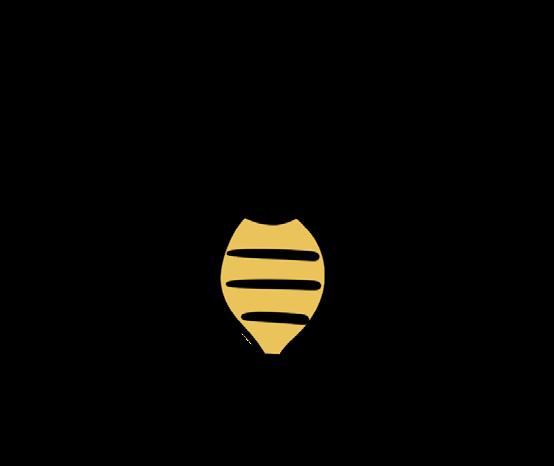
the reason I’m so caring and empathetic. It really is a city like no other/. There is such a community feel, and we are known for being friendly! Also, we are such a politicised city that it’s hard to not care about the greater good of people around you when the incentive to support your community is all round. It will always be home no matter where life takes me.
Tayla: There is just something about Liverpool. Everyone looks out for each other and that sense of community makes me so proud of where I’m from. It’s such a diverse city, full of culture, history and open arms. We always stand up against injustice, and fight for what is right, its just who we are and how we’re raised. Liverpool has shaped me into the person I am today and has taught me the importance of community, understanding of others and to always fight for a better world. The best city on Earth!
Ellie: For me, I’m very academically and politically centred. A large incentive for helping me cope is that for every one thing I can’t do physically, there are a million things I can do with my brain. Also, I love working with people. I am definitely an extrovert and I’m so passionate about helping people, so I am involved in a few charities in different capacities, and I think doing things
to make the world a bit more positive really help keep me grounded and let me have a positive outlook when times get tough.
Tayla: Starting up The Healing Hive has been incredibly healing for me. After losing so much of my life and myself I have really struggled to find a sense of purpose and will. Finally having something to focus on other than my illness and getting to the bottom of it along with a vision I had wanted to create for so long coming to life has been incredible. I think the most important thing I have done on my journey is coming back to myself. Being undiagnosed neurodivergent throughout school, college and university, trying to meet societies expectations, living in consistent burnout to do so made me completely lose myself and who I am deep down. Although this complete change in lifestyle has been a huge shock to the system and has felt like prison at times, it has also put me on pause and given me the opportunity to really figure out who I am without the pressures and deadlines of society. It has been so healing, rediscovering everything I loved as a kid and suppressed as a teenager and it really is the little things that bring you joy when your world becomes so small. Tuning in to who I am deep down, what I love, what I stand for as a person, what I believe in and who I want to be now has been incredible.





Meghan Atherton
I was 16 years old when I had my first menstrual period and quickly realized it was much different for me than my peers. I was the happiest teenager ever, on my dream dance team surrounded by other women who inspired me, but the pain changed things for me quickly. As soon as I stopped dancing, the pain became unbearable.
More than half of every month, I am in excruciating pain that numbs my legs, stops me from walking and has landed me in the ER several times. For at least 6 years, not one doctor was able to tell me what was going on, it was always “take birth control” “get pregnant” or “take more painkillers” and I was sick of it. So when it came time to make my final short film as apart of Chico States Media Arts program, I choose to use filmmaking as my outlet and explore all of my fears in one place.
“What Could’ve Been” tells a story
very similar to mine, a young fiancé, Imogen, is living with debilitating pain and upon visiting the hospital and receiving a laparoscopic procedure, she is told that not only does she have Endometriosis, but also that she is infertile.
I have just been diagnosed with Endometriosis myself in May of 2025, and while I am not infertile for the time being, all I want is to be a mother. Writing and directing this short film as well as acting in it taught me that not only am I not defined by this disease, but that people who truly love you and value you will see beyond what you’re struggling with. I am so grateful for allowing myself to explore this and open up my eyes to the fact that while I have an incurable disease, I have the most incredible support system that never fails to push me and encourage me no matter what, and that is the real win.


by K. Hamilton
Sometimes, cooking and eating can be a huge roadblock to living your best with chronic illness or mental health issues. While there is no perfect solution, there are ways to make cooking more approachable, faster, or more fulfilling.
1. Use a good health day to your
On a higher energy, lower pain, Pre-cut your produce so you can to keep plain in the fridge, and parts of it ready to go makes it feel
2. Take the “shortcuts.”
A “shortcut” isn’t a bad option, get pre-cut options instead. Use are easier to use than boxed/bagged
3. Start with a prepared item and
Using a prepared item as a base a package of flavored noodles,

your advantage and prepare things in advance.
pain, or mentally clearer day, take advantage of your health and prepare things for future use. can jump right into cooking or eating it later. Make a larger portion of a carb (pasta, rice, grains) use it as a base for future meals. Preparing full meals at a time can be draining, but having feel much less daunting.
it’s just another kind of accommodation. Instead of whole produce items you’ll have to cut, Use pre-cooked or frozen proteins instead of cooking fresh. Microwavable or par-cooked carbs boxed/bagged uncooked versions. and build on it.
and adding what else you need to balance a meal is a great way to make cooking easy. Use rice, or ramen, then add produce or protein to make it a more complete meal.
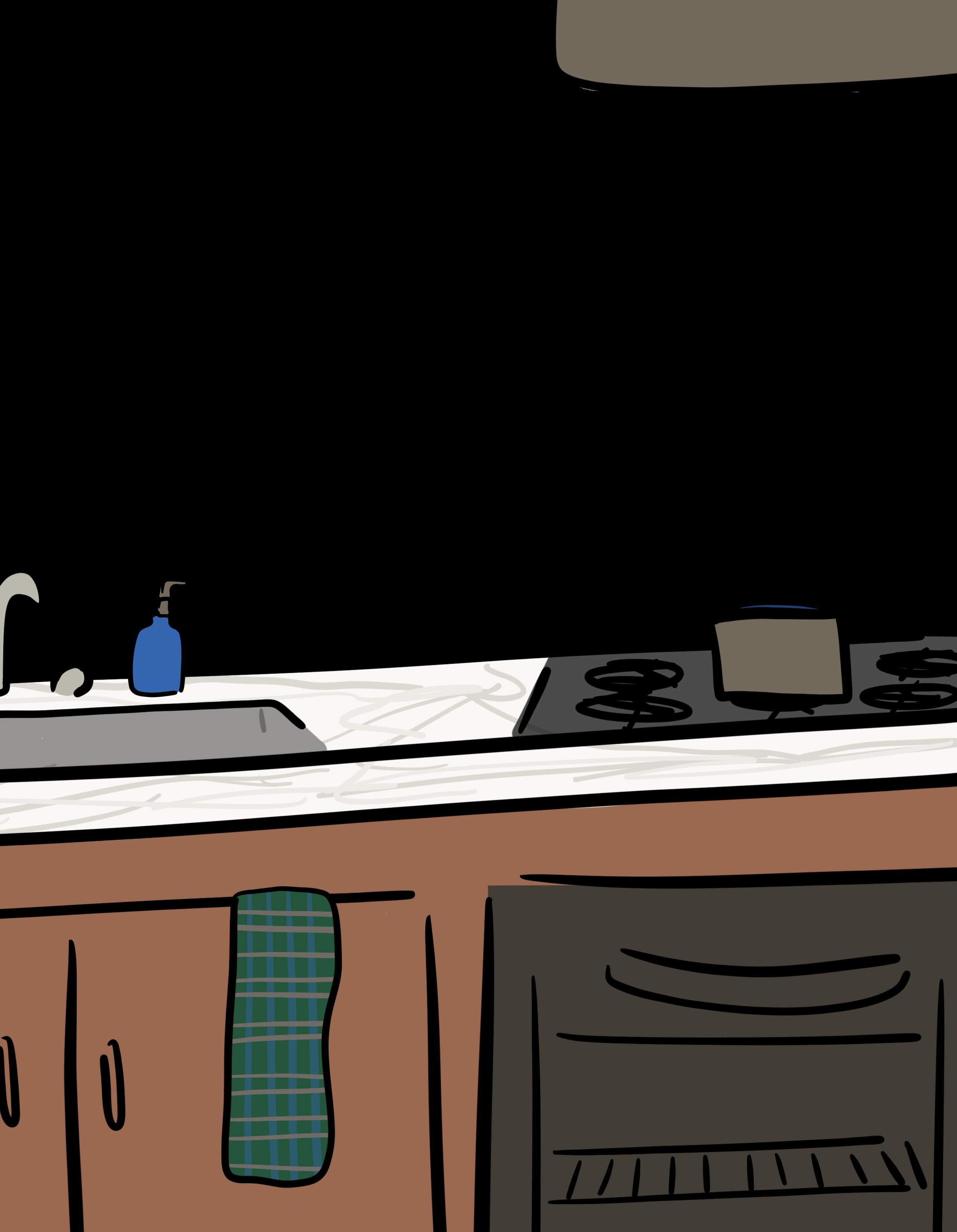
Here’s a little illustration of a cozy bedroom with various coping mechanisms hidden about! See if you can find them... hot tea, a cane, heating pad, family friends (in the form of photos), soft lighting, and cozy bedding! Enjoy!
Want to print this out? Download a PDF from our website.

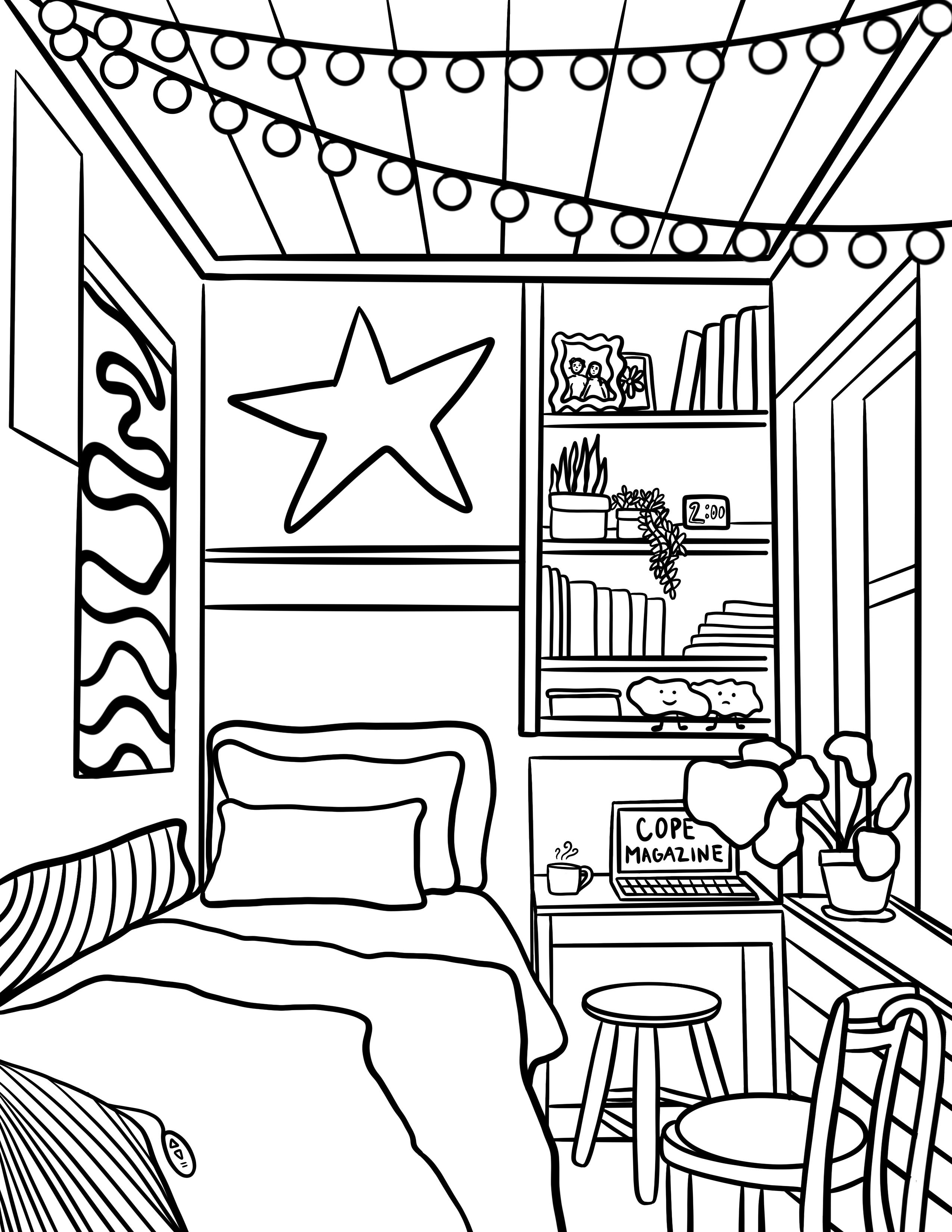
IG @mieze.by.chyna
Chyna Johnston is a multidisciplinary artist, educator, and creative entrepreneur with a lifelong passion for creating. Her journey as an artist evolved further after being diagnosed with a chronic illness, using her work as both expression and exploration of resilience, identity, and beauty in imperfection. Through painting, handmade paint production, and community-focused projects, she continues to merge creativity with connection, building spaces that inspire and empower others.
I’m an artist and photographer from Seattle, Washington. Five years ago I was diagnosed with ulcerative colitis as I turned 20 years old. I am working on trying to find moments of peace, beauty, comfort, and happiness while letting myself feel all the grief and pain that comes with navigating an autoimmune disease.
Brittany Wilson-Thompson is a self-taught artist living in Missoula, Montana. In the haze of postpartum depression, seemingly overnight, Brittany discovered her talent for painting. She, in large part, credits the postpartum changes in her brain for her new skill, and utilizes painting to cope with chronic illness.
IG & TikTok @sam.kraus
Hello! My name is Samantha Kraus. I am from Boston, Massachusetts. I am currently a Master of Public Health Candidate; however I play both sides of the coin with health - I am both the patient and a health professional. This is both a unique, but also highly common experience. I am here to share my own health journey, tips and tricks!
IG @hkrapacdesign
TikTok @hkrapac
My name is Hannah, I’m 30 years old and currently living with Long Covid. While this illness has forced me to let go of many pieces of my former life, it has also brought unexpected insight. Through sharing my experience, I hope to raise awareness about this disabling condition and offer hope to others living with Long Covid and other chronic illnesses.
IG @ ccmonstr
I am an art therapist, patient and student. I create concerning art to show the normality of emotion and to show that no matter who we are, we all have our own battles. I’ve been a patient and I learn from my current patients -we all need our voice to be heard. My journey with mental health has been a long and tough one, but this is how I cope.
@Rebecca_gvk
Rebecca VanderKooi is a writer based in New York City; she is one of the founders of the queer history magazine, hankycode. In her spare time Rebecca enjoys knitting and spending time with her cat.
@STEPHMALLART
Stephanie Mallen is a mixed media artist from the Hudson Valley, New York. Her work takes sustainable and maximalist approaches to grasping concepts of adolescence, growing into yourself, and passion. Heavily inspired by traditional folk art, her work explores comedy and a level of seriousness that transports the viewer to an overwhelming fairytale.
Kristen Lewis
IG & TikTok @misskristenL
Kristen resides in South Florida with her dog, Alfie. She enjoys spending her downtime reading and exploring new cities. But can usually be found doing her own medical research to
IG @heatherg4321
Heather Guidone, BCPA, is the Program Director of the Center for Endometriosis Care and a seasoned professional health Advocate. For over 30 years, she has advanced “bench to beltway to bedside” efforts spanning endometriosis and women’s health research facilitation and funding, legislative and policy reform, disease education, and patientcentered care. Having personally navigated the challenges of endometriosis and various intersectional chronic conditions, she brings a deeply informed, compassionate lens to her work.
IG @mackenzies_menagerie
TikTok @Chronically_mack
An artsy, neurosparkly, prayerful, MECFSr. Am currently a patient at Stanford’s MECFS clinic to find answers to this terrible chronic illness. Sharing my experience, strength, and hope to support this community & spread awareness.
TikTok @sassycactusdesign
Cassie (Owner of The Sassy Cactus Designs) is a UK-based artist whose work is deeply influenced by her lived experience with Endometriosis and PMDD. She channels these personal insights into creating colourful, fun and empowering art prints for individuals navigating chronic illness. Her mission is to celebrate the resilience and strength of women, aiming to make them feel seen, heard, and appreciated through her designs.
Instagram @ artwork.by.mads
TikTok @madisonmenish
Madison Menish is a contemporary sculptor who specializes in ephemeral and permanent sculptures through bronze and wax. Inspired by the brevity of life, she emphasizes the struggles of living with chronic illness through her work.

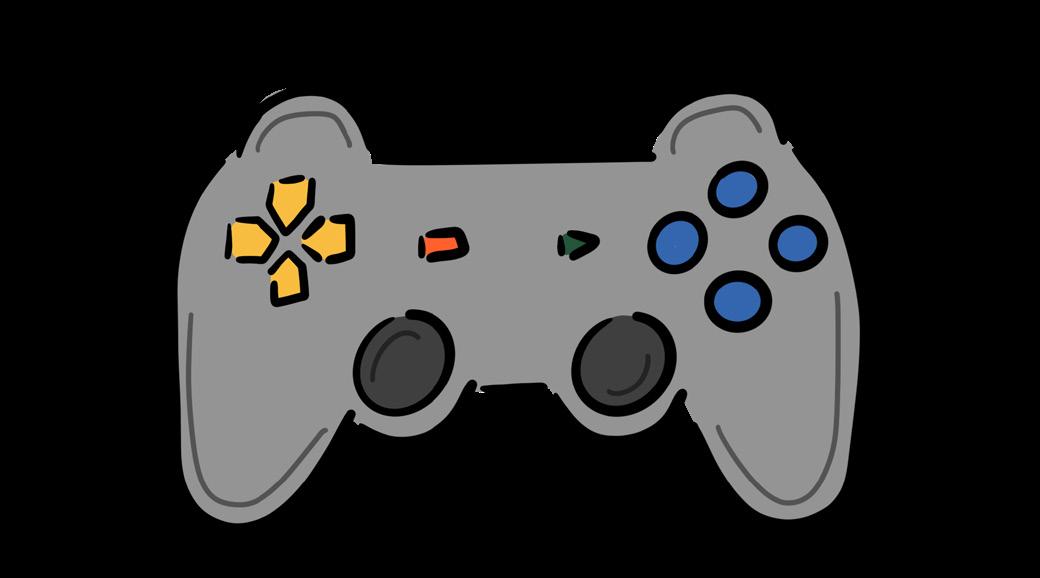
Taylor Riggins
Diagnosed with multiple illnesses and still searching for answers. I spend my days with my loving husband Jack, our 4 wonderful kids, and a very expressive husky named Ace.
Anisha Weinstein
IG @anishaforam
My name is Anisha, I am an artist and graphic designer based in Barcelona, inspired by wildlife and nature.
Painting allows me to slow down and express myself. I was diagnosed with psoriatic arthritis last year and I’ve discovered that painting and working with color help me cope well with my chronic illness.
Hi! My name is Payton and I am a theater major! Getting sick made it really hard to enjoy it, but being able to be around other people who are just as passionate as I am helped me realize that I can change the world of theater and advocate for accessibility!
IG @atgiese
Amy Giese is an artist living in Boston, MA. Her practice is grounded in photography but often is out at the edges of the medium, critiquing the materials of production and consumption, as well as searching for points of intersection with other mediums. Her work is also an ongoing attempt to locate the self within distinct places and spaces, whether physical, psychological or virtual. She received her BA from Amherst College and an MFA from Parsons School of Design.
TikTok @annista_annes
Hi! I’m Anna and I was diagnosed with Ocular Myasthenia Gravis in May, just a week before turning 24. I struggle with constant, debilitating double vision, and right now life is only manageable when I have an eye patch covering one eye. I love reading, taking walks, going to cafes, and listening to music.
My name is Jenn, I’m a gay teacher in Philadelphia, born in New Jersey. Just trying to channel my love for history, poetry, and knowledge into Gen Alpha. I’ve cycled through enough therapists and had enough hospital visits to know a thing or two about the importance of coping. My favorite ways to cope is to blast music in my ears, do some painting, write some poems, play Stardew Valley, and cuddle my cats.
Tara is a member of the chronic illness community, a community that chose her because let’s be real nobody willingly chooses this. Her qualifications include, elhers danlos, non epileptic seizures, endometriosis, and dysautonomia. Former dancer trying to find a new creative form of expression.
Mia Carlos
IG @carlosmiaphoto
TikTok @miacarlosphotography
Mia is a 19-year-old part time photographer and full time student living in Utah. She has over 7 rare and chronic disease diagnoses, and is currently figuring out how to do life for the second time. As a formerly avid hiker and climber she misses the mountains, but hopes to one day be healed enough to complete the Pacific Crest Trail.
Ella Krzywicki
TikTok @w0ah_itzella
Hi I’m Ella, a 20 year old college student living with chronic illnesses including migraines with aura, vasovagal syncope, and endometriosis. Through humor, honesty, advocacy, and relatability, I hope to make others with invisible disabilities feel less alone.
j.n.c.
@jaime.jnc (instagram)
@Introspectating (Substack: https:// introspectating.substack.com/
Jaime Conlan is a poet and creative from Seattle with roots in Atlanta. Her poems have previously appeared in 4Culture’s Poetry in Public exhibition, Ambrosia Magazine, and La Revista.
Jaden Heck
JJsArtTherapy on Etsy, @jjheckk on Instagram, jjsarttherapy on Tiktok
Ive had POTS for over half my life, and was born with Hypermobile EDS but didn’t get diagnosed until 18. Sometimes the feelings of giving up surface, but we have the opportunity everyday to say no to the pain and yes to life. Keep going.
Samantha Stacy
@cutecaneshop (Etsy, IG & TikTok)
Hi, I’m Samantha, a 39-year-old wife and mom to two teen girls from Northern California. I was diagnosed with primary progressive multiple sclerosis in the summer of 2024. As the small business owner of Cute Cane Shop, I channel my creativity into designing stylish mobility aids. When not managing my business or MS. I enjoy spending time with my family and cat, Jax, attending concerts, and connecting with chronic illness friends on social media.
Kirby @thrivabetic
Kate is a 28 year old artist and content creator living in Colorado using humor and honesty to share the everyday realities of life with type 1 diabetes. Through her art and videos, she creates space for connection, laughter and feeling seen in the diabetes community.
Jenna D
Jenna is a gardener, lover of the ocean, avid reader, and craft enthusiast. She has postural orthostatic tachycardia syndrome (POTS) and endometriosis.
Hayleigh Carter
IG & Tiktok @rare.life24
A 22- year old Australian living with 15 complex chronic and rare illness, disability and mental health struggles. Working towards creating change within multiple advocacy rolls. One important thing I found is to constantly be working on healing body, mind and spirit.
Madison Nicole @mad_ortman
I am a 33 year old living in the Midwest with my husband, dog Rolo and cat Sully. I am an avid reader, lover of travel and cooking. I am a Christian that’s always learning. I have lived a million lives it seems. Some chapters with a healthy body and some without. One thing I’ve learned is that light can be found in the darkness and life can be lived in spite of it all.
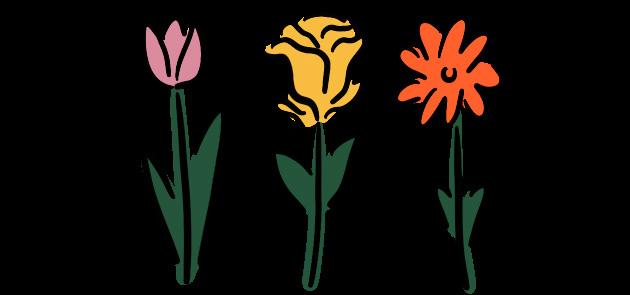

Nicole is a radical queer, neurodivergent artist, writer, and student. She’s a partner, a mother of two, and is committed to dismantling systems, making meaning from madness and creating art that disrupts and heals.
Desiree Argentina
Facebook.com/thewellnessprojectwithdes, instagram.com/thewellnessprojectwithdes
Desiree Argentina is a Holistic Wellness Coach and Mental Health Therapist who is passionate about spreading mental health education and supporting clients through their unique journeys. She loves cats, traveling, writing, and movies.
Elliott B.
IG @maskedmerman
I am a queer man living with several chronic conditions including hEDS, MCAS, POTS, Long Covid, and chronic migraines. In my free time, I love listening to music, creating poems and art, cooking, and supporting disability justice.
Cindy Kohler
@longcovidcollective on IG | @longcovidcollect.bsky.social | personal @ fitzthescottie on IG
Cindy Kohler is a writer, advocate, and cofounder of the Long Covid Collective. She lives in Austin with her dog, Fitz, and spends most of her energy navigating chronic illness and trying to make life a little easier—and more honest—for others doing the same.
Zoey Bandhauer
IG @medusa_media
Tiktok @medusamedia_
I am 20 years old, and I am the founder and owner of my creative business Medusa Media. I live with multiple chronic conditions including AMPS, POTS, and undiagnosed HEDS (currently labeled generic hypermobility disorder). Creating art has always been my biggest passion, allowing me to explore and cope with everything life gives us in raw and tangible ways.
Stephanie L Bade
TikTok @DizzyQueenB@steph_has_ pots
Stephanie Bade a 43-year-old wife and mother of three living with multiple chronic illnesses, including POTS, Fibromyalgia, Type 2 Diabetes, chronic pain, and chronic fatigue. A former healthcare worker turned advocate, I now use writing and social media to raise awareness, validate invisible struggles, and build community for others navigating chronic illness.
Angi Brown
@Ellawhobirdie
I am a non binary parent to 5. I am narcoleptic and struggle with fibromyalgia. Ketamine infusions saved my life.




@cope_magazine
https://hellocopemagazine.wixsite.com/cope